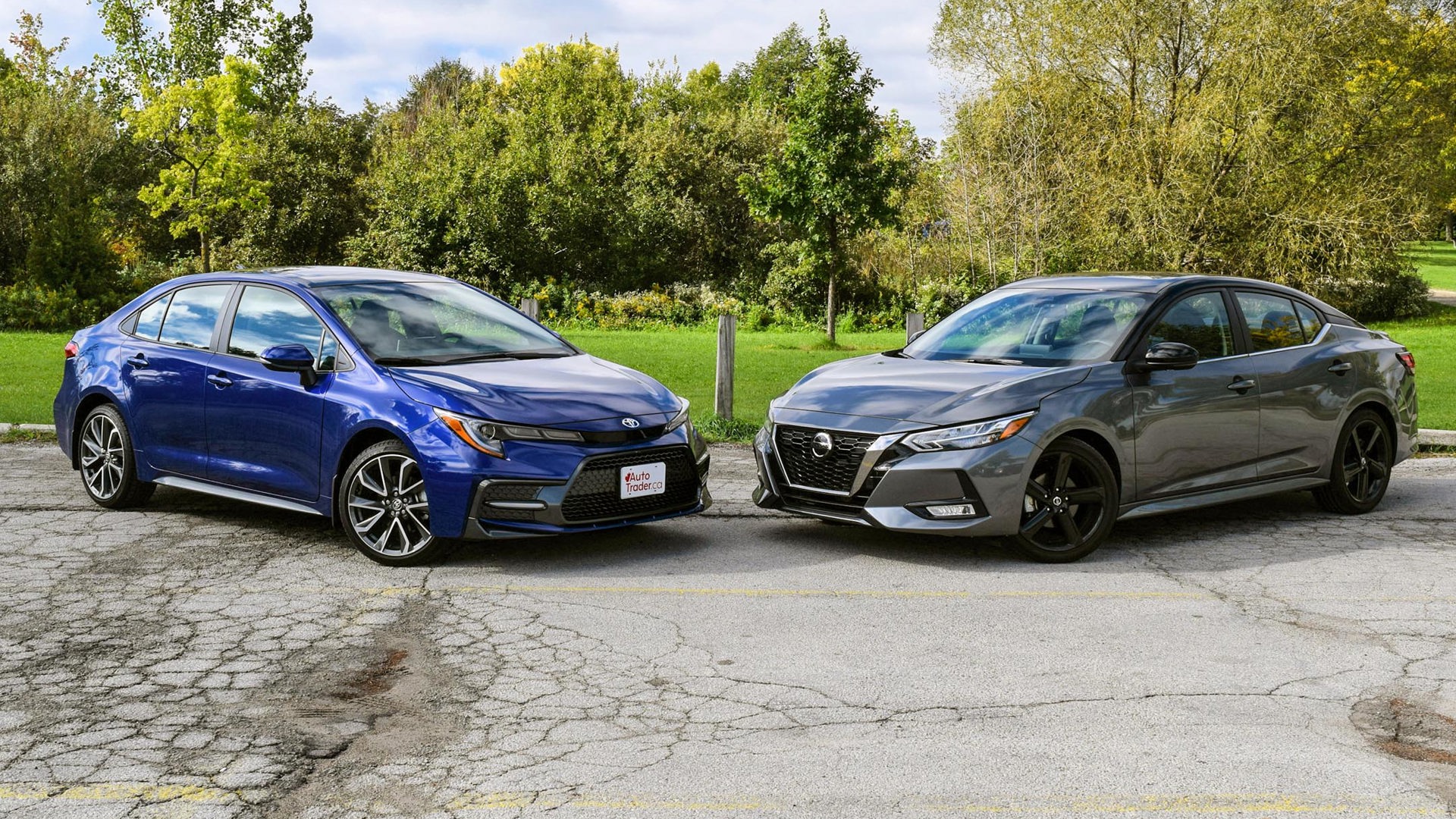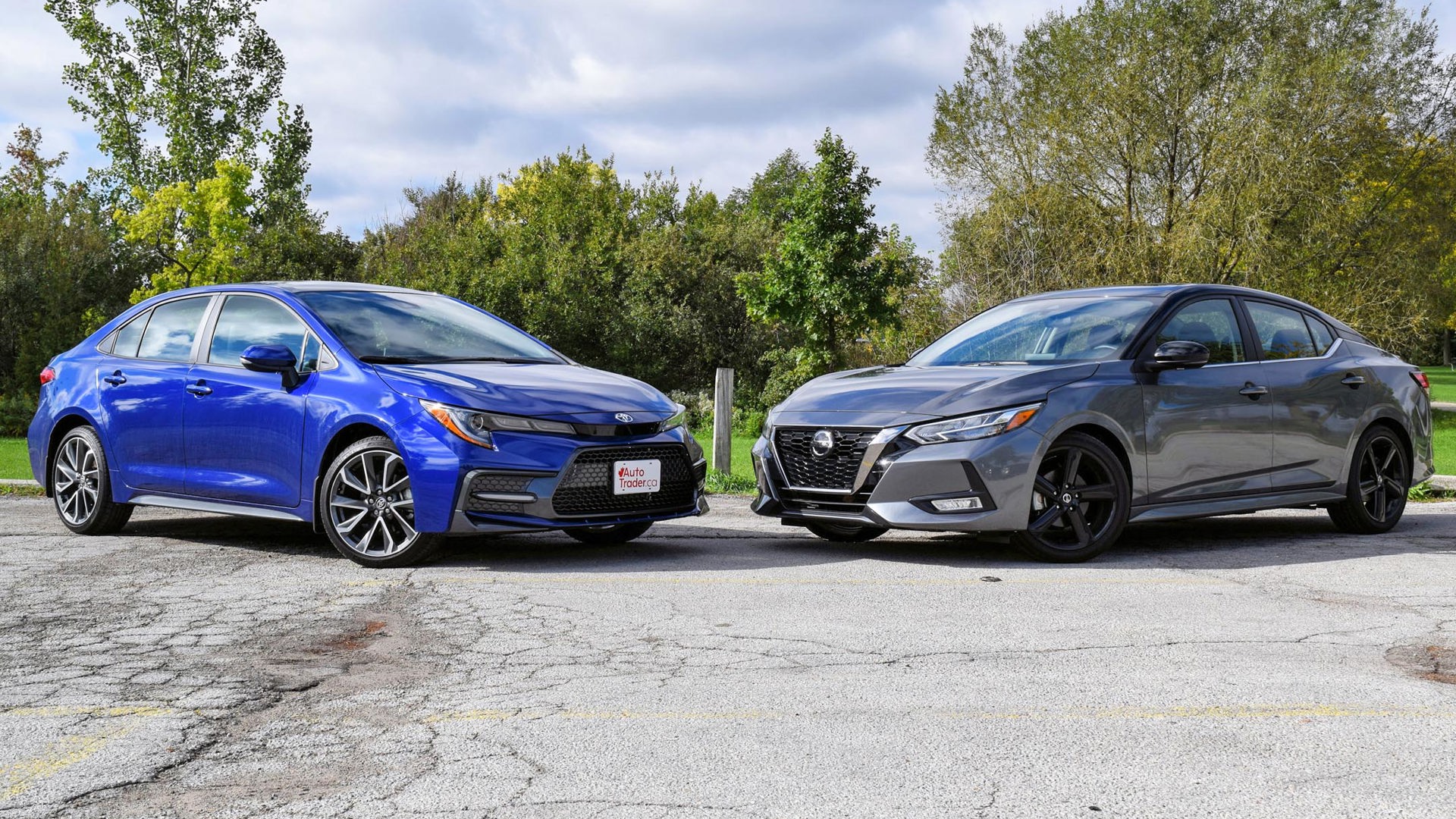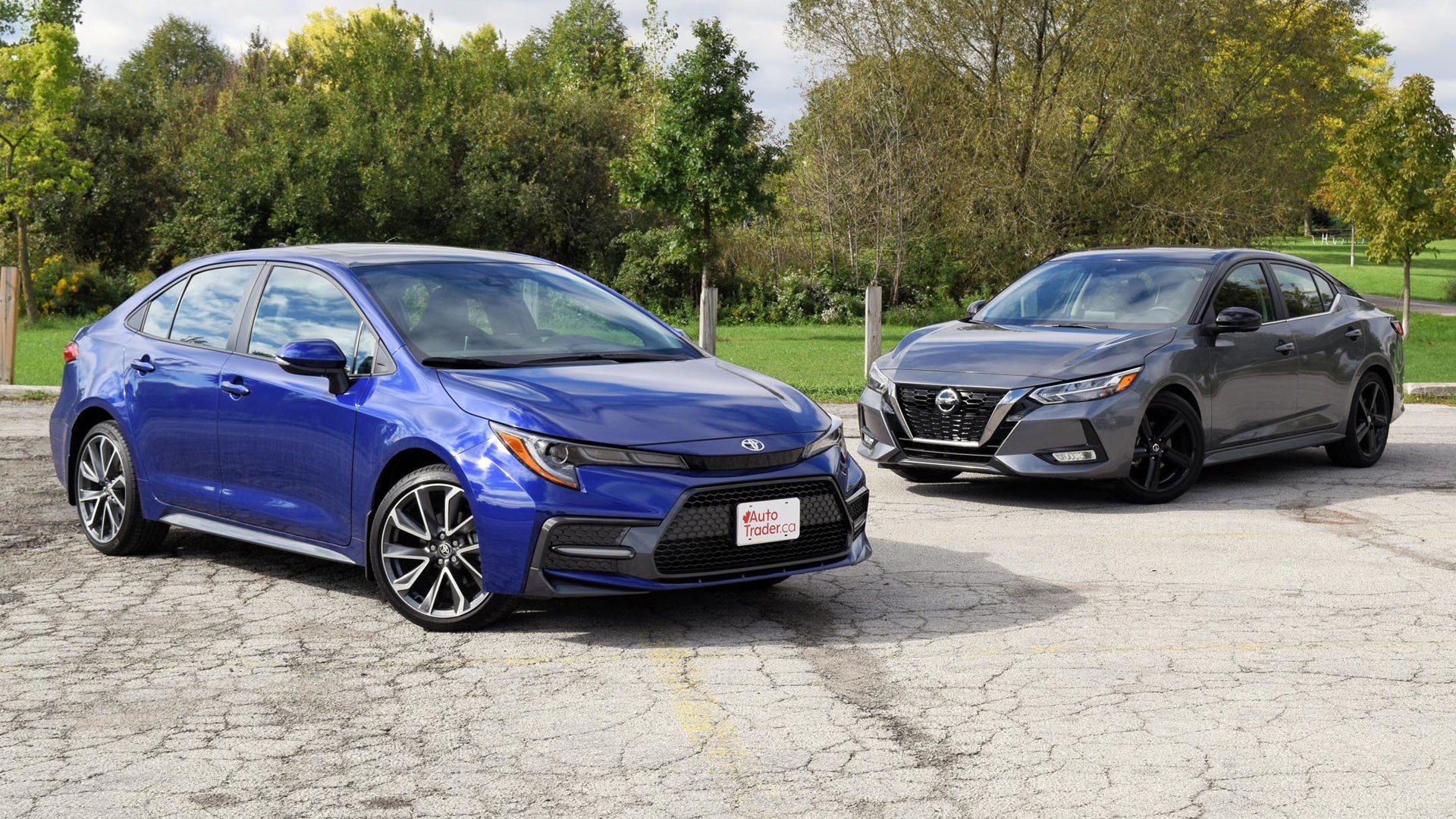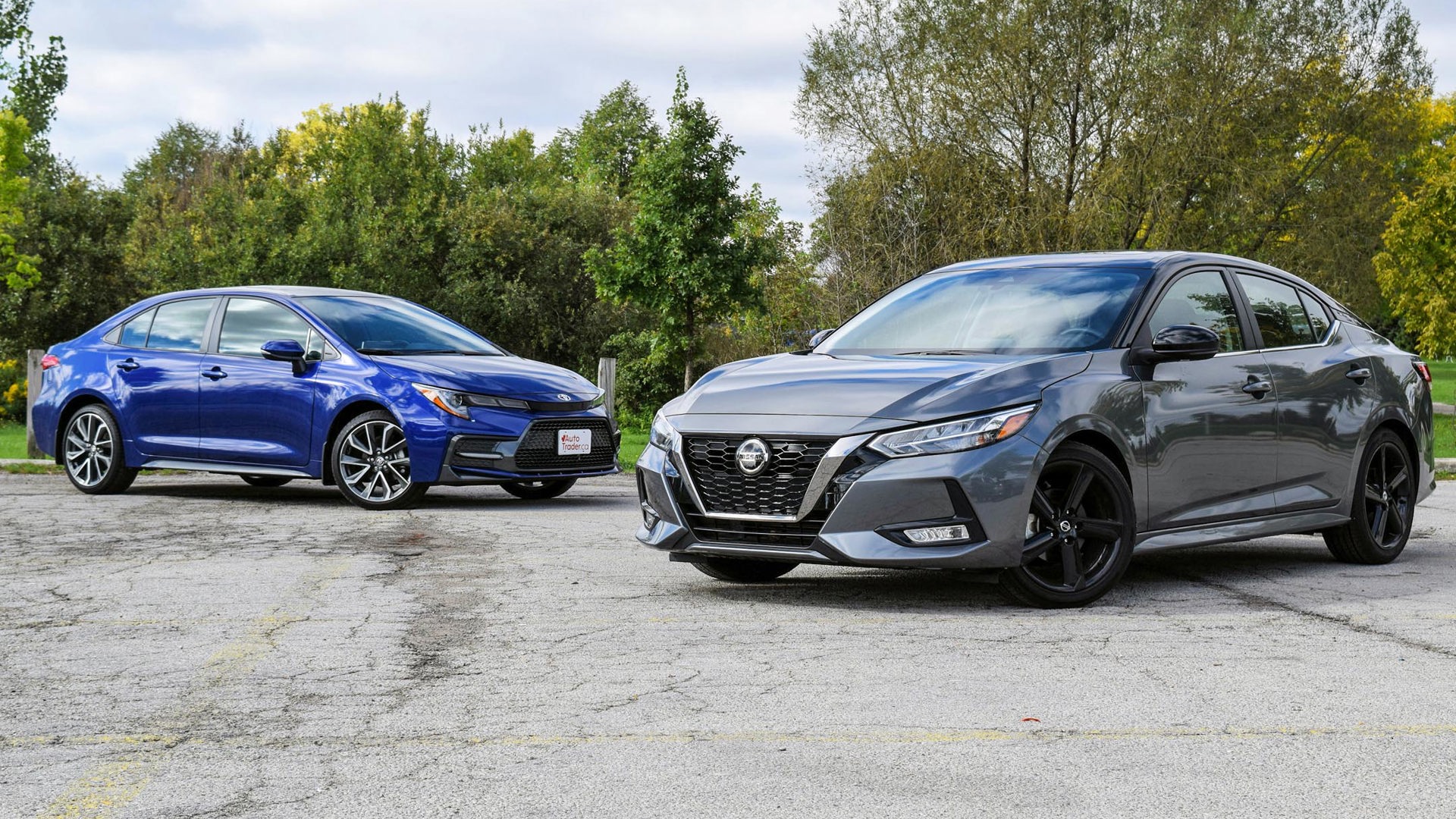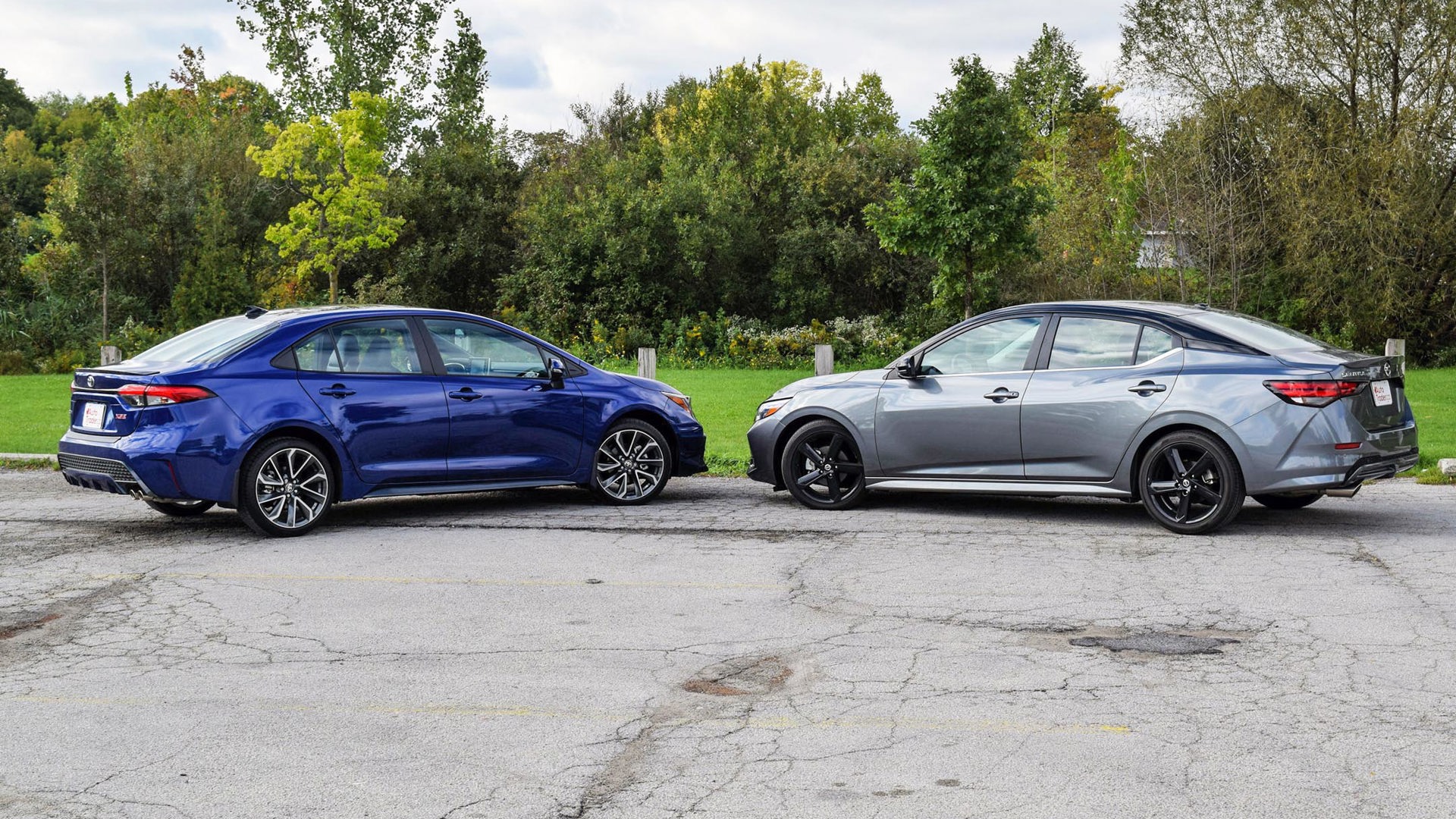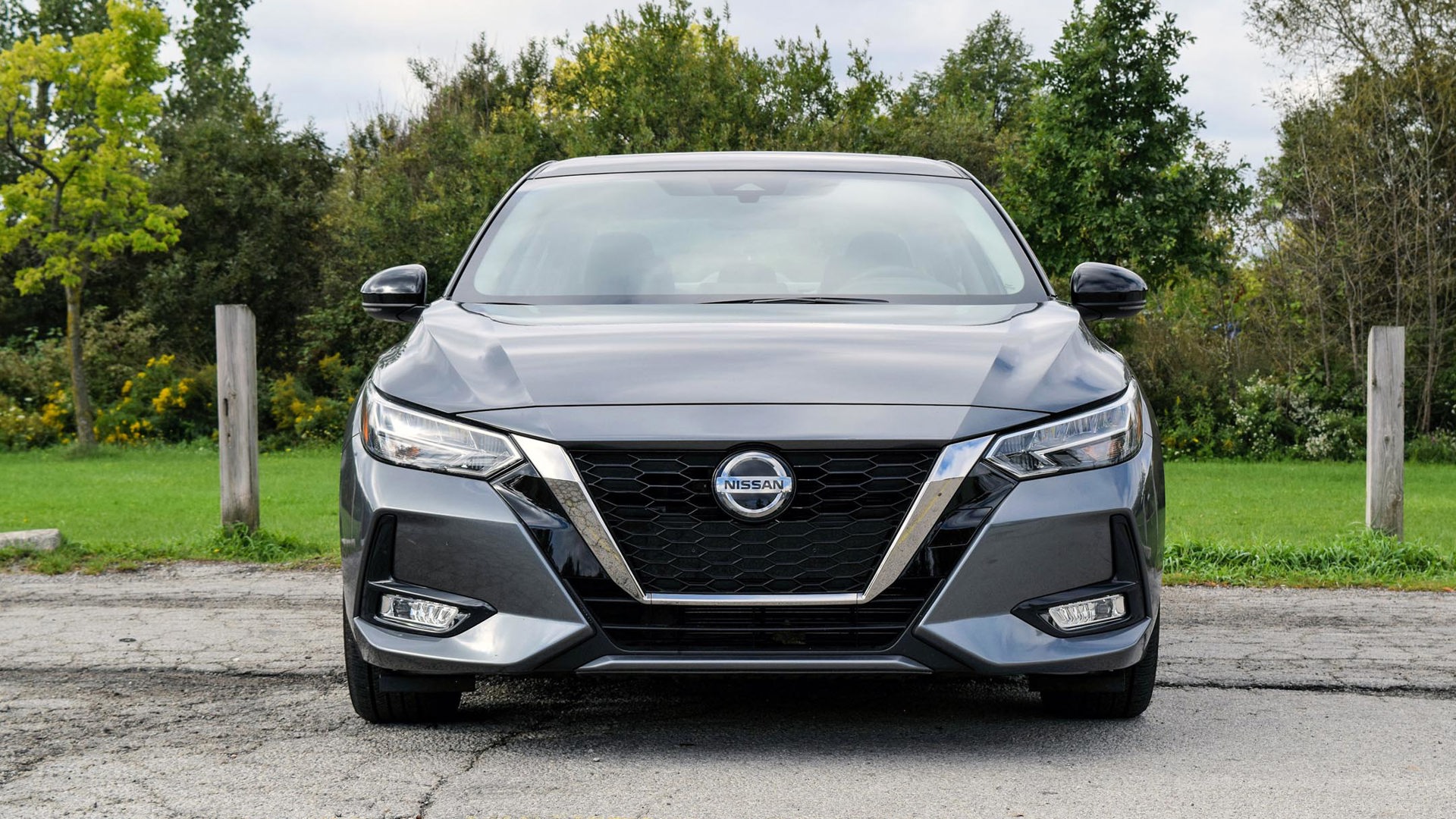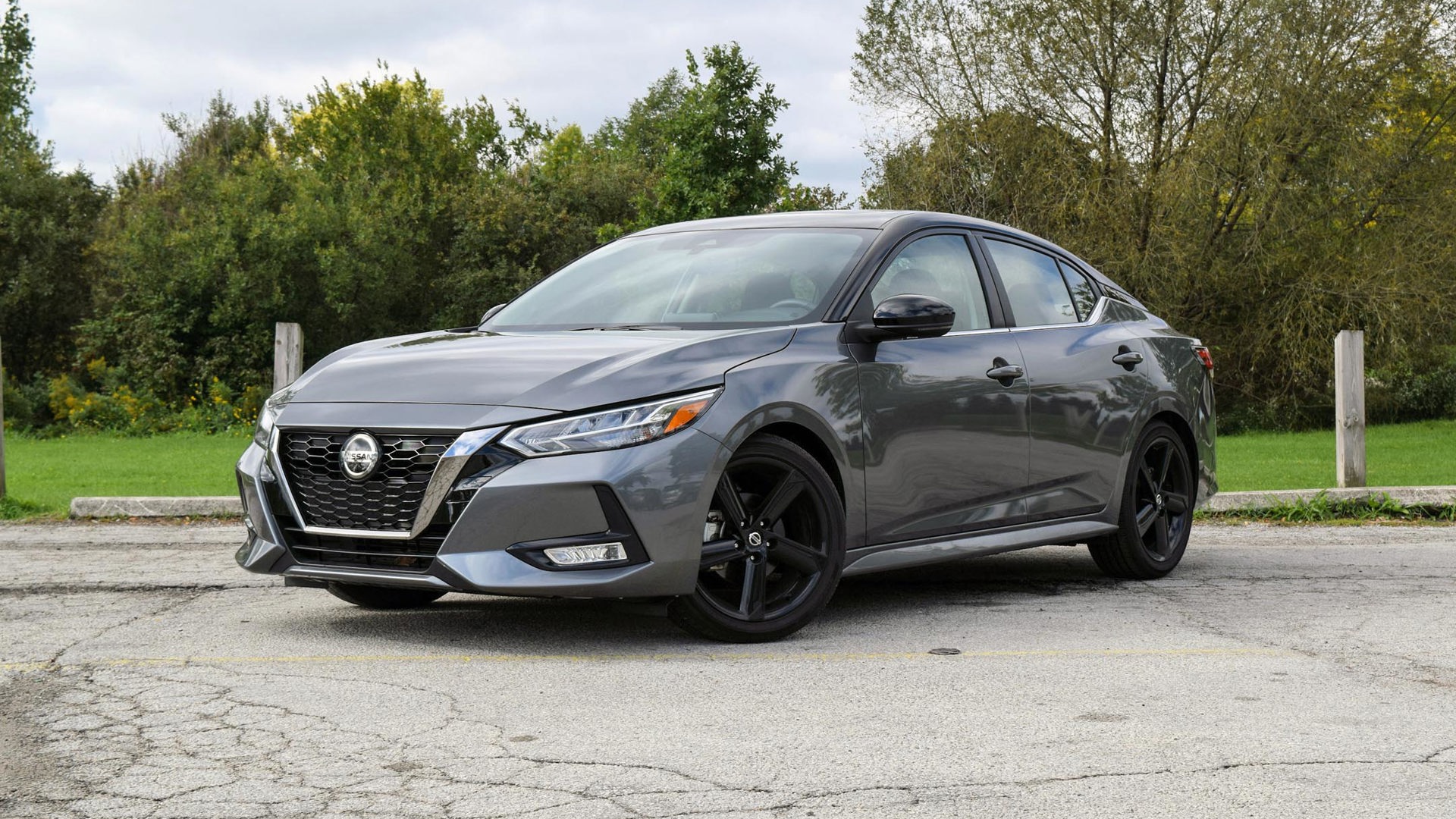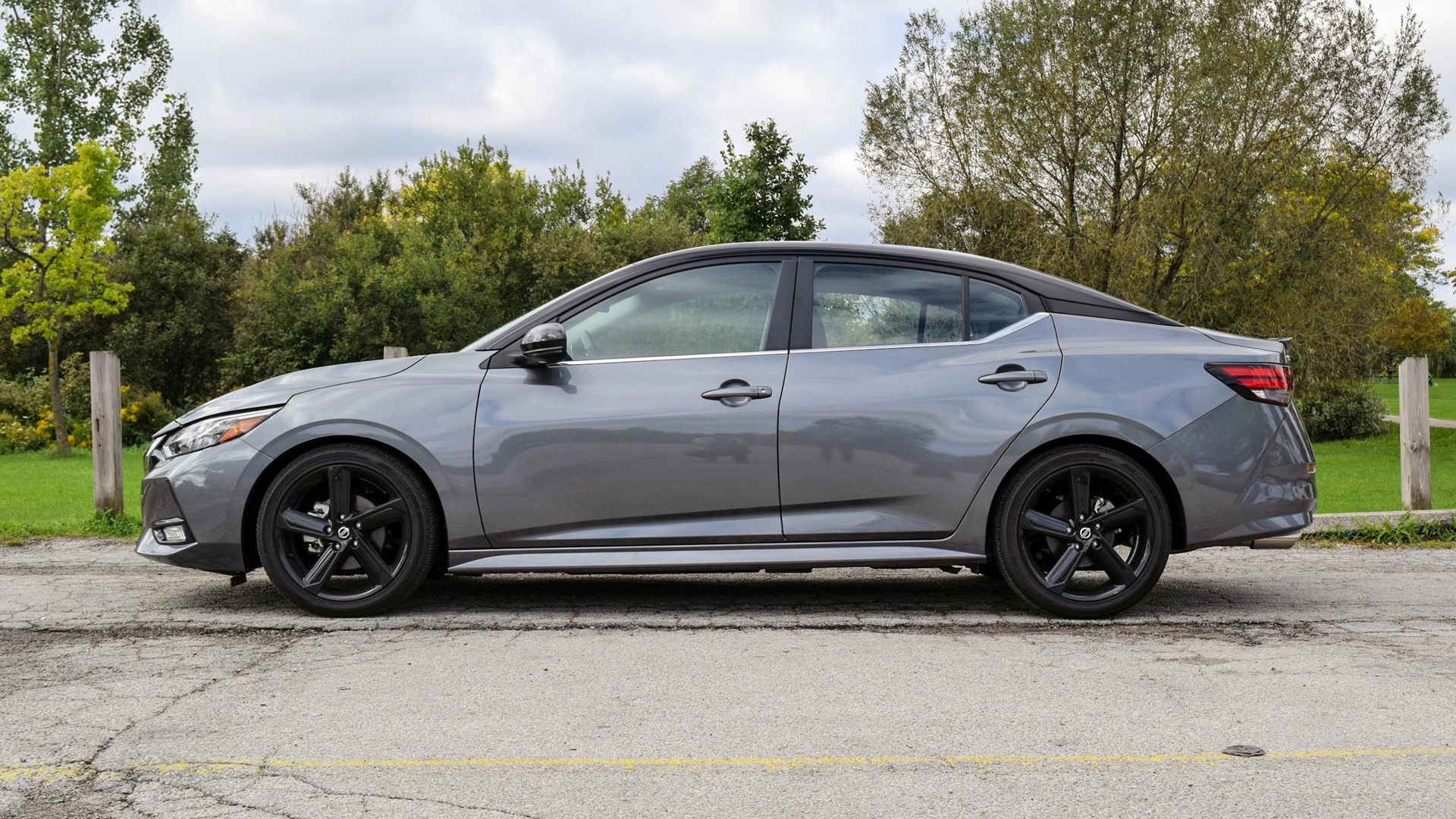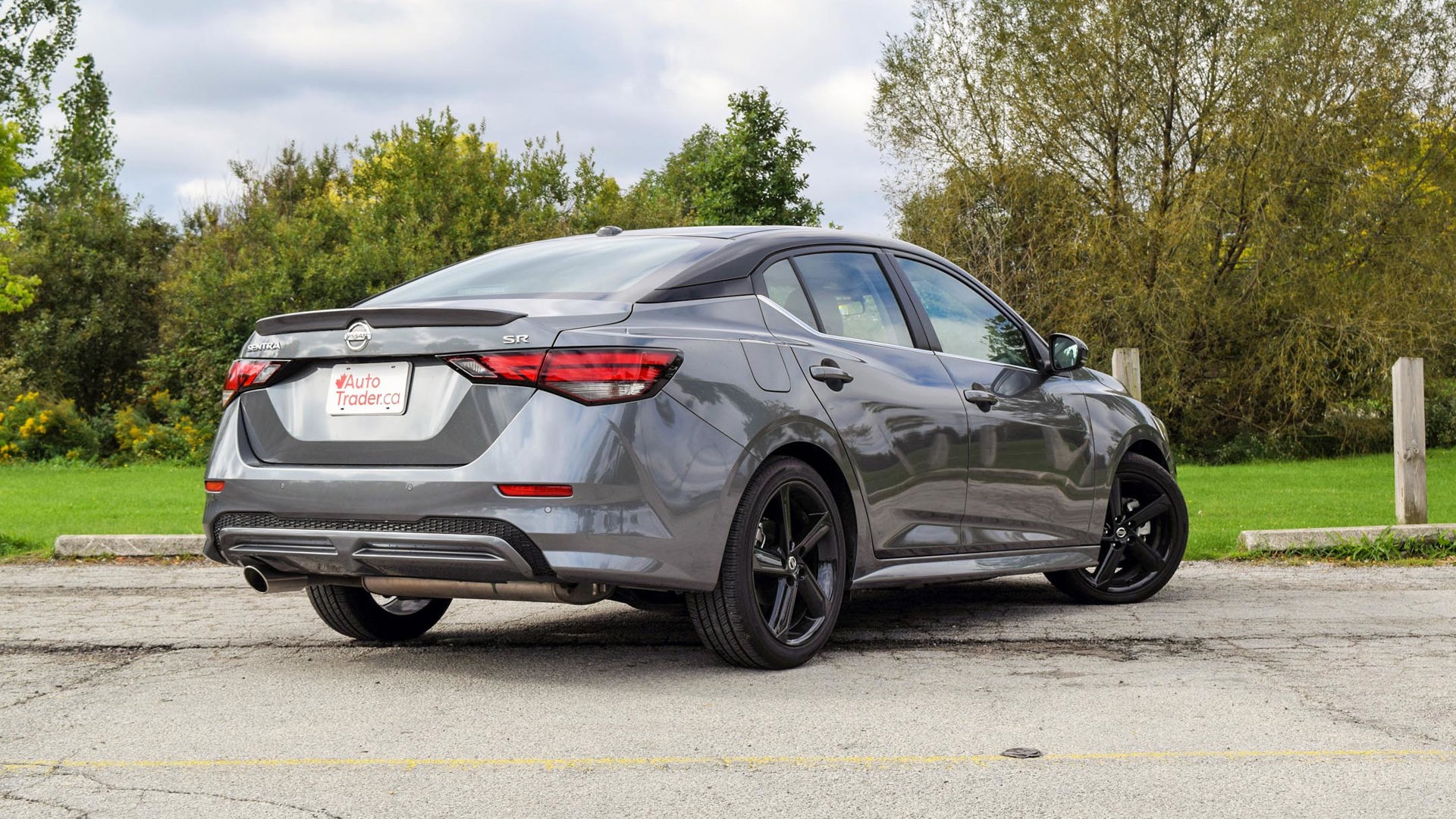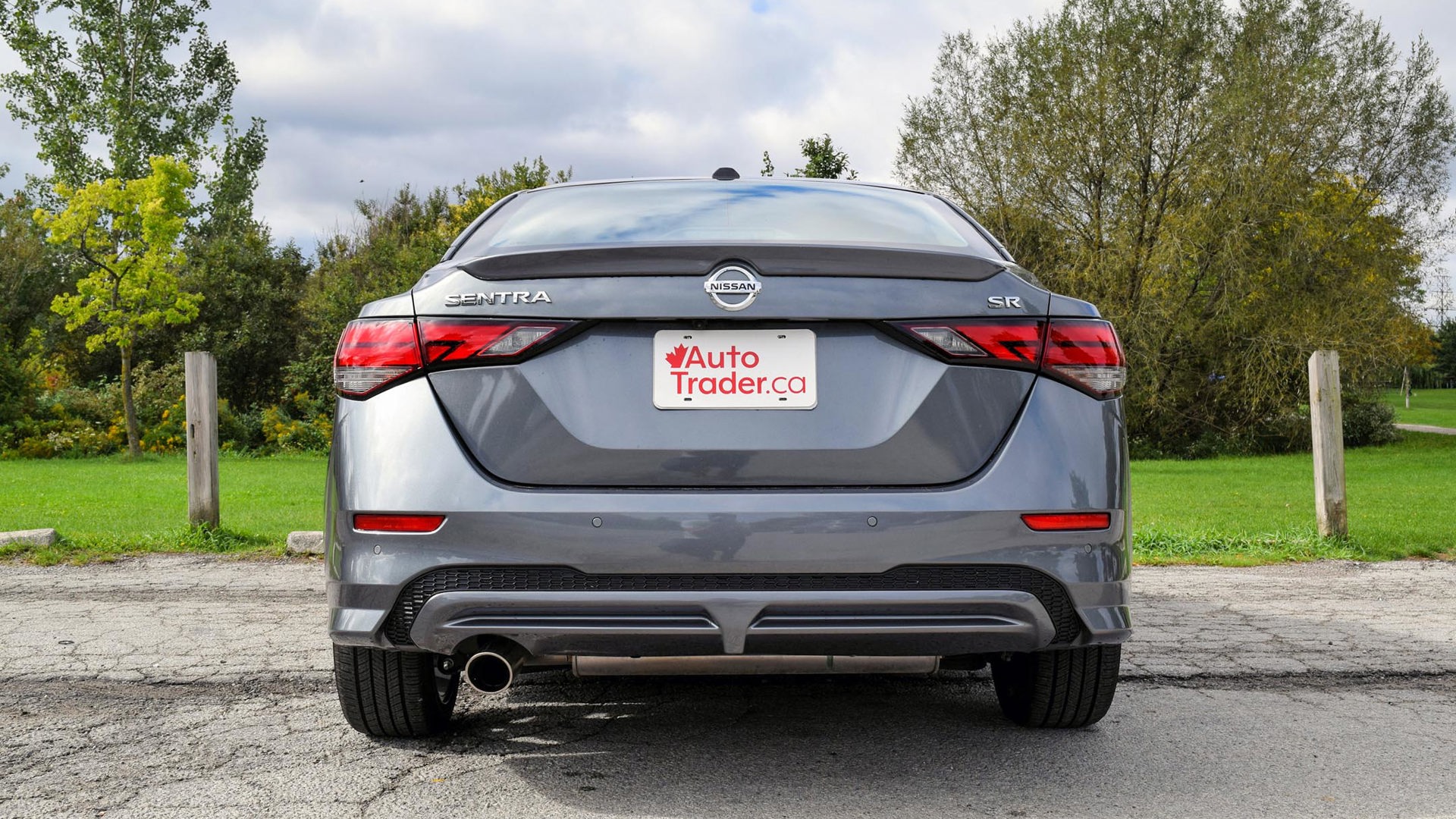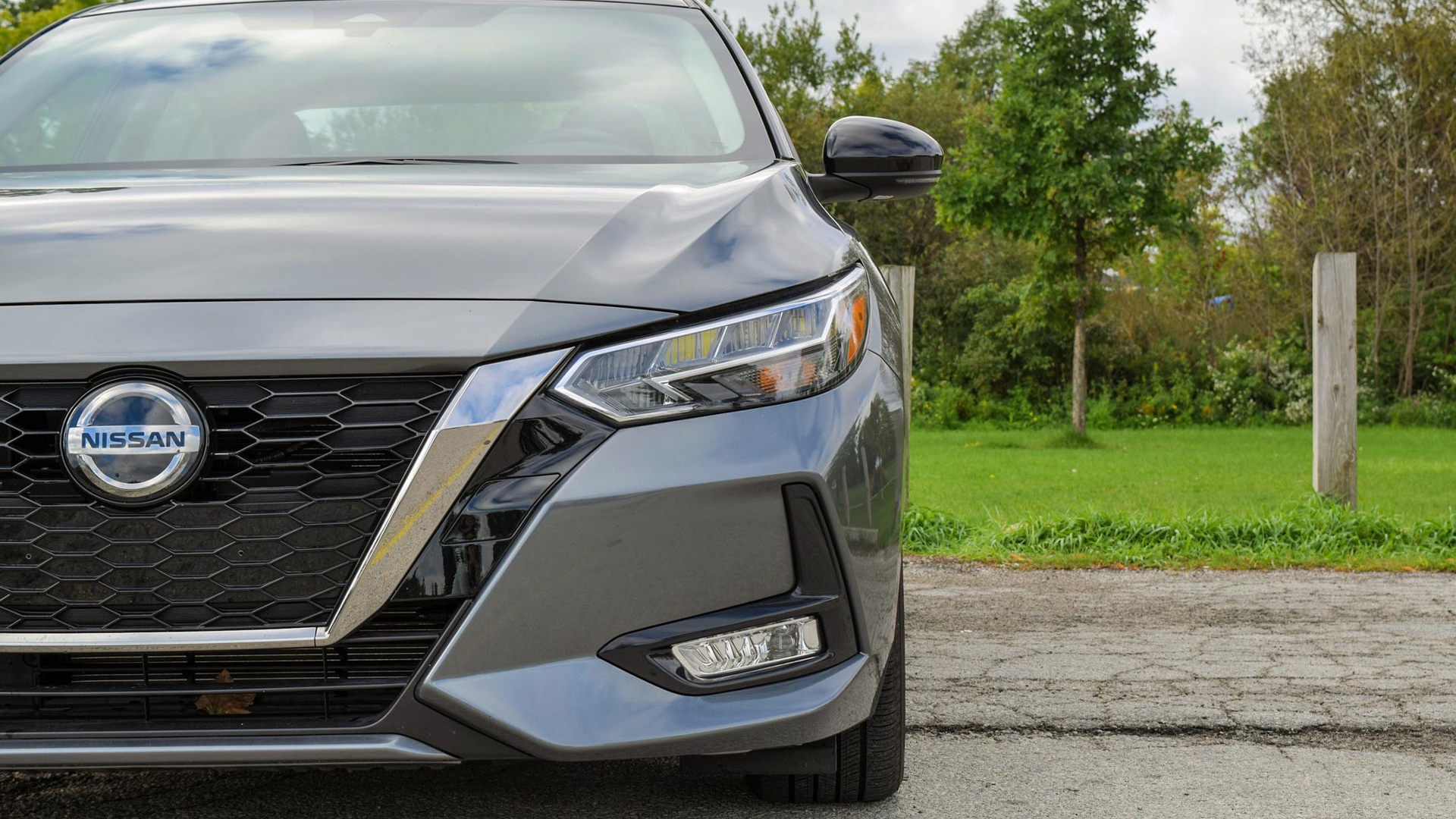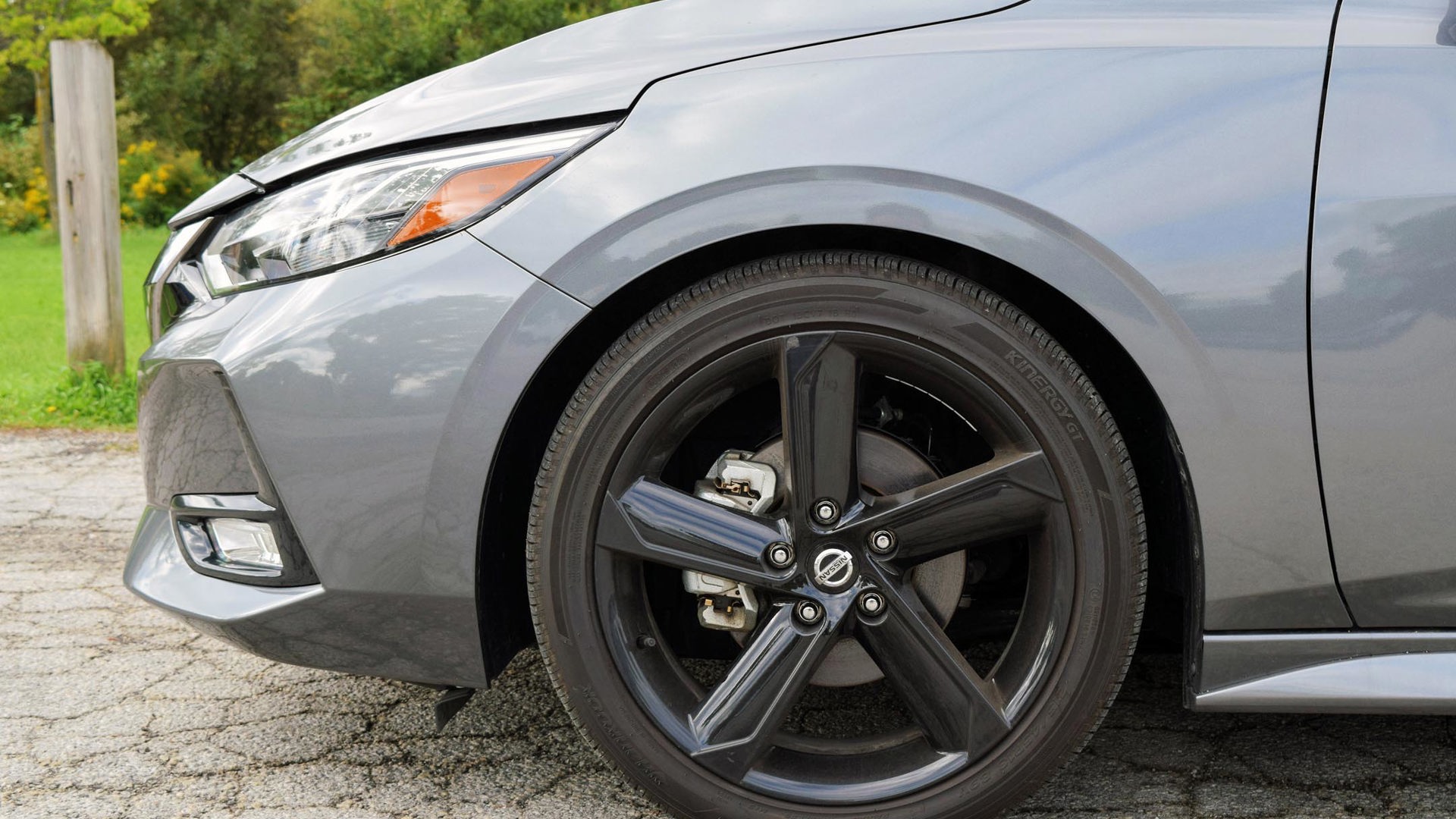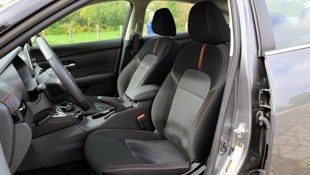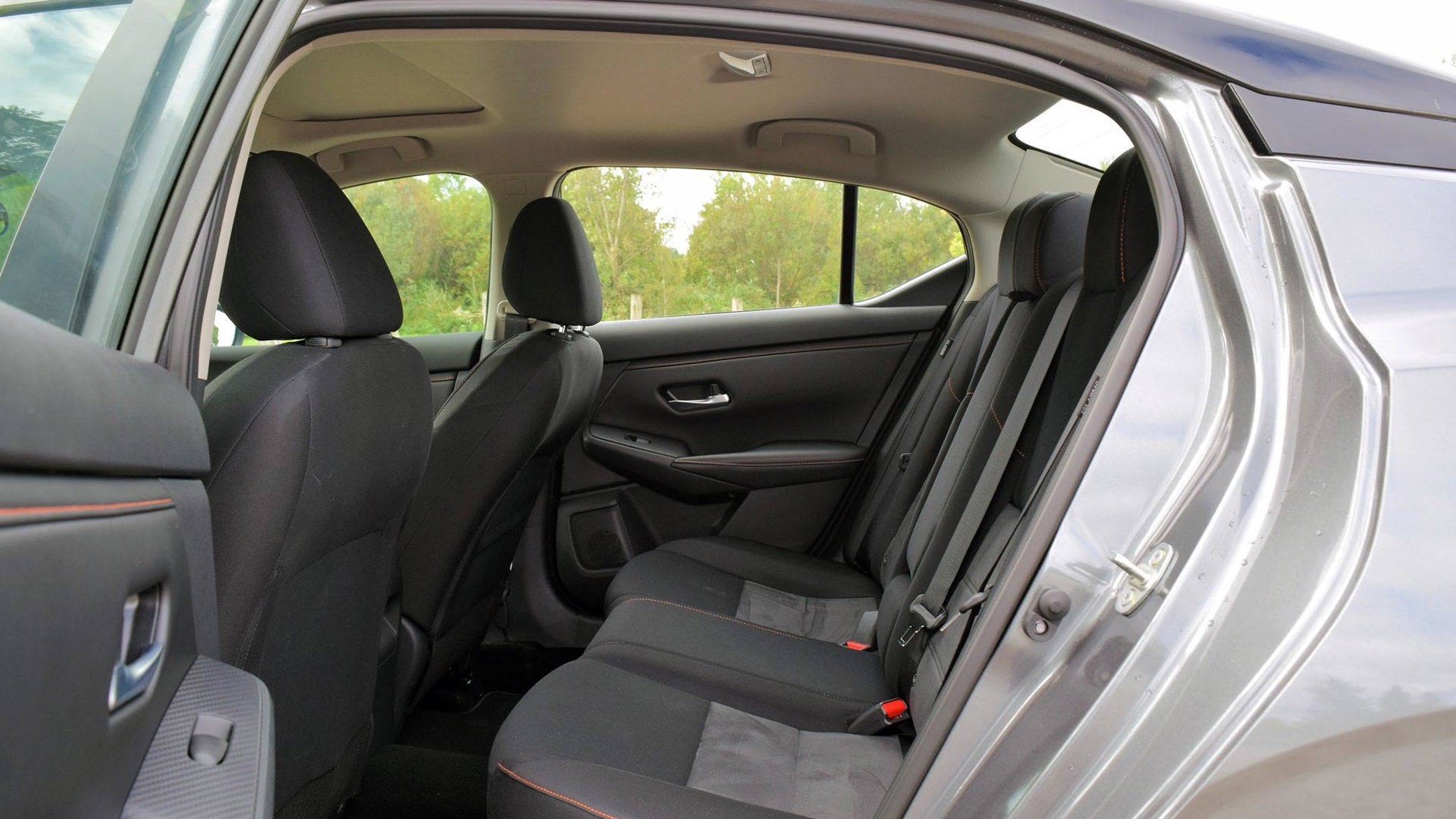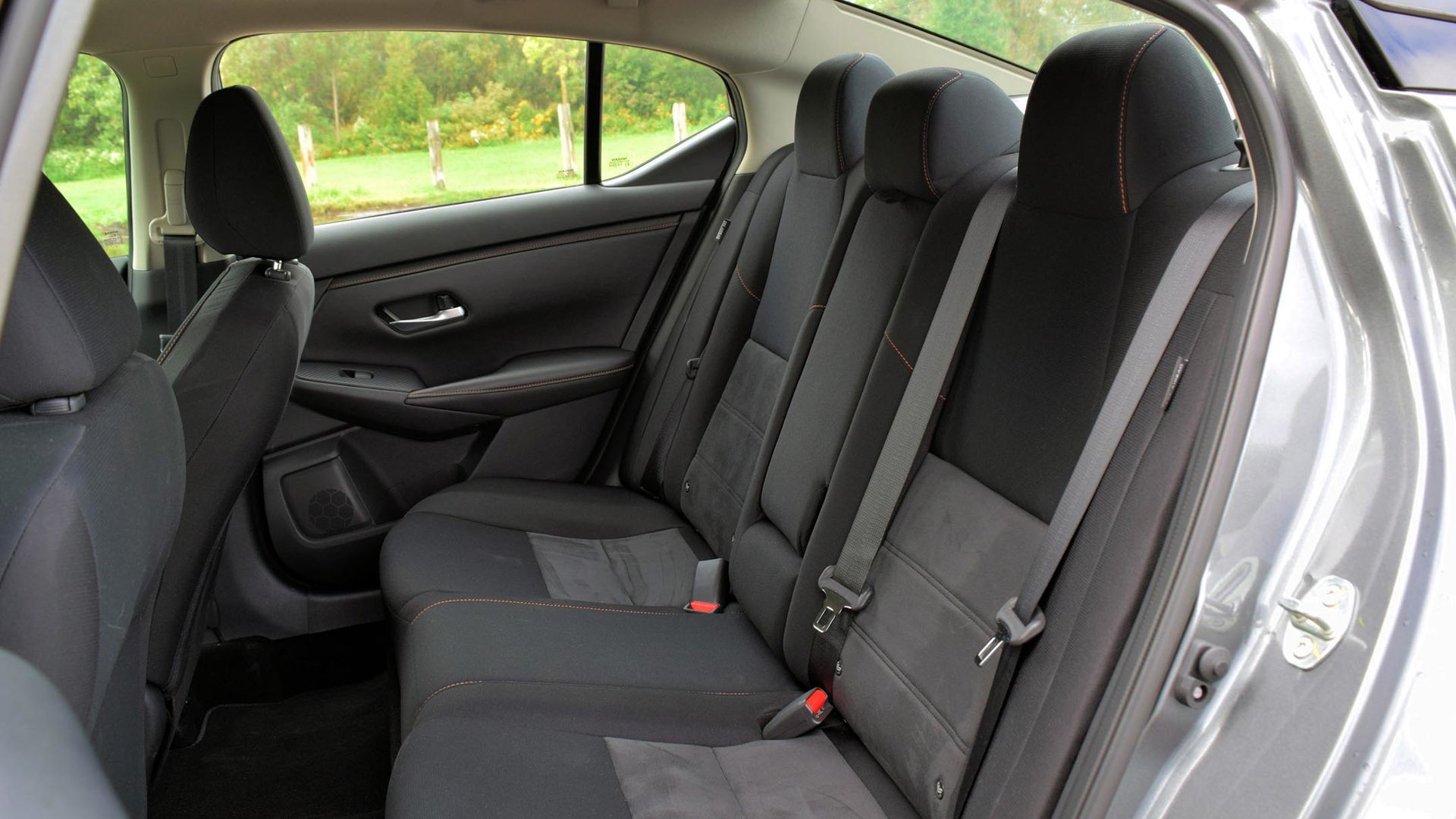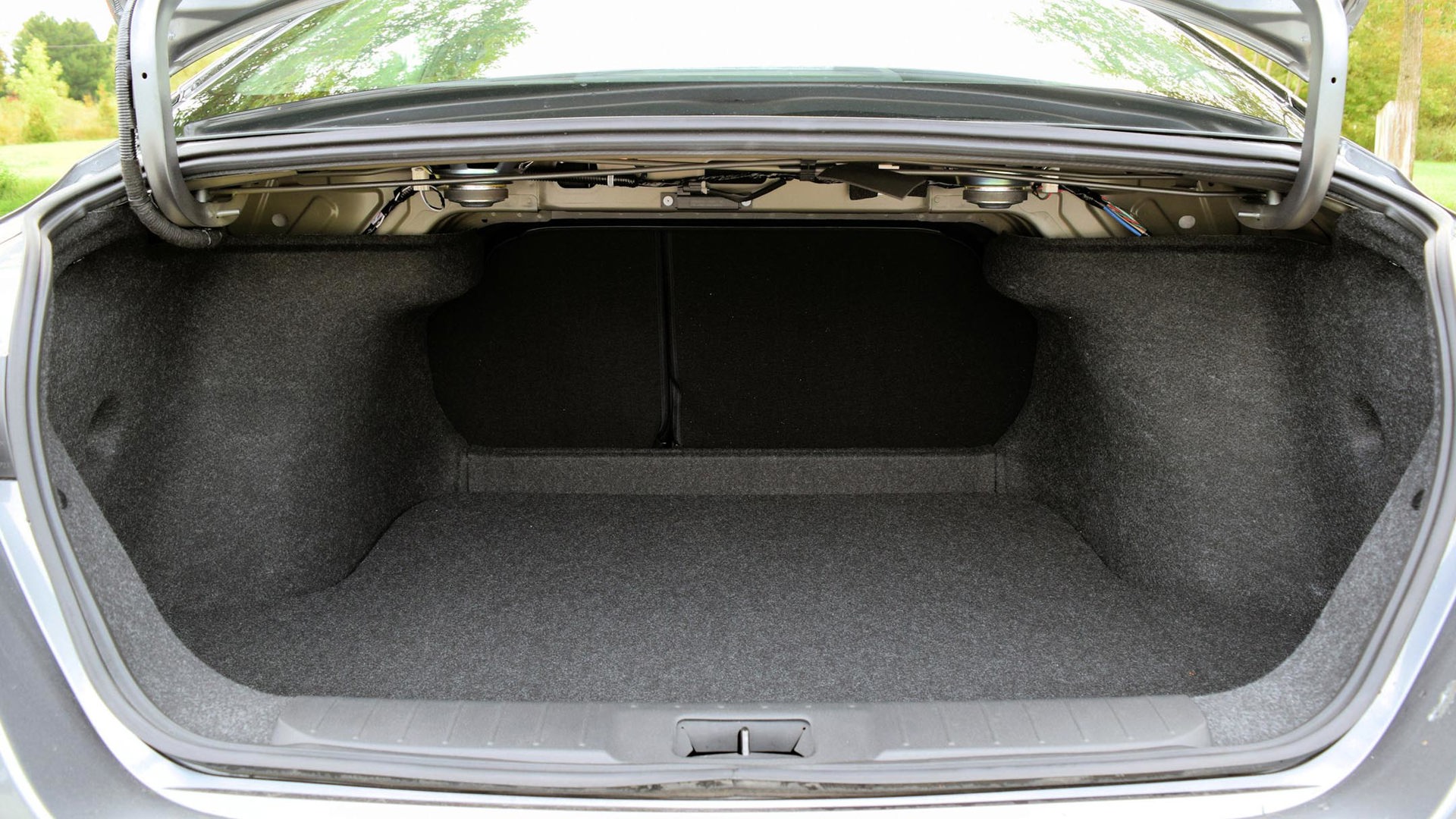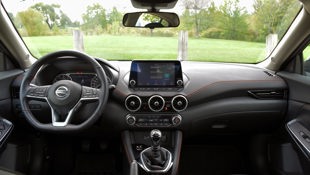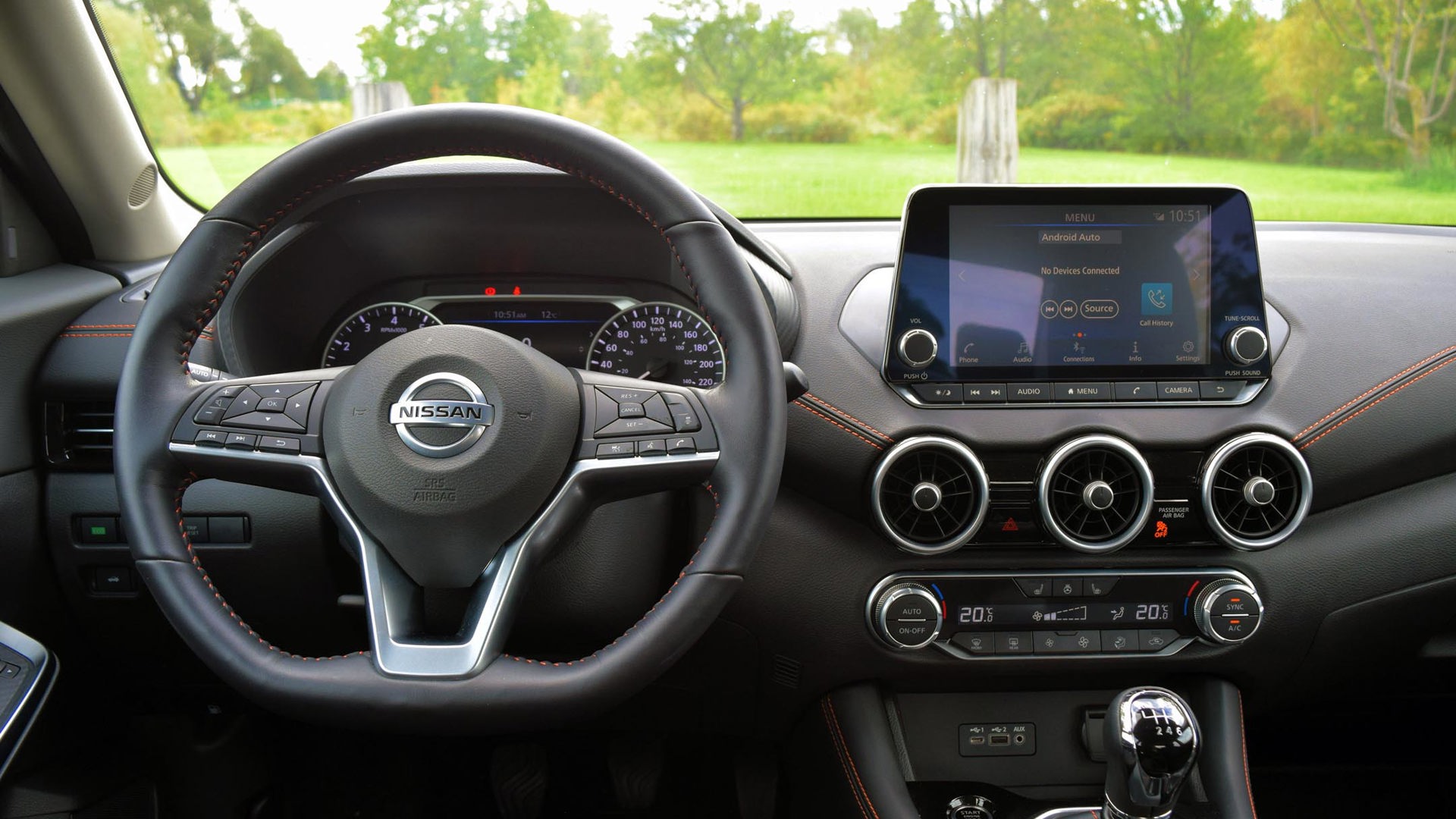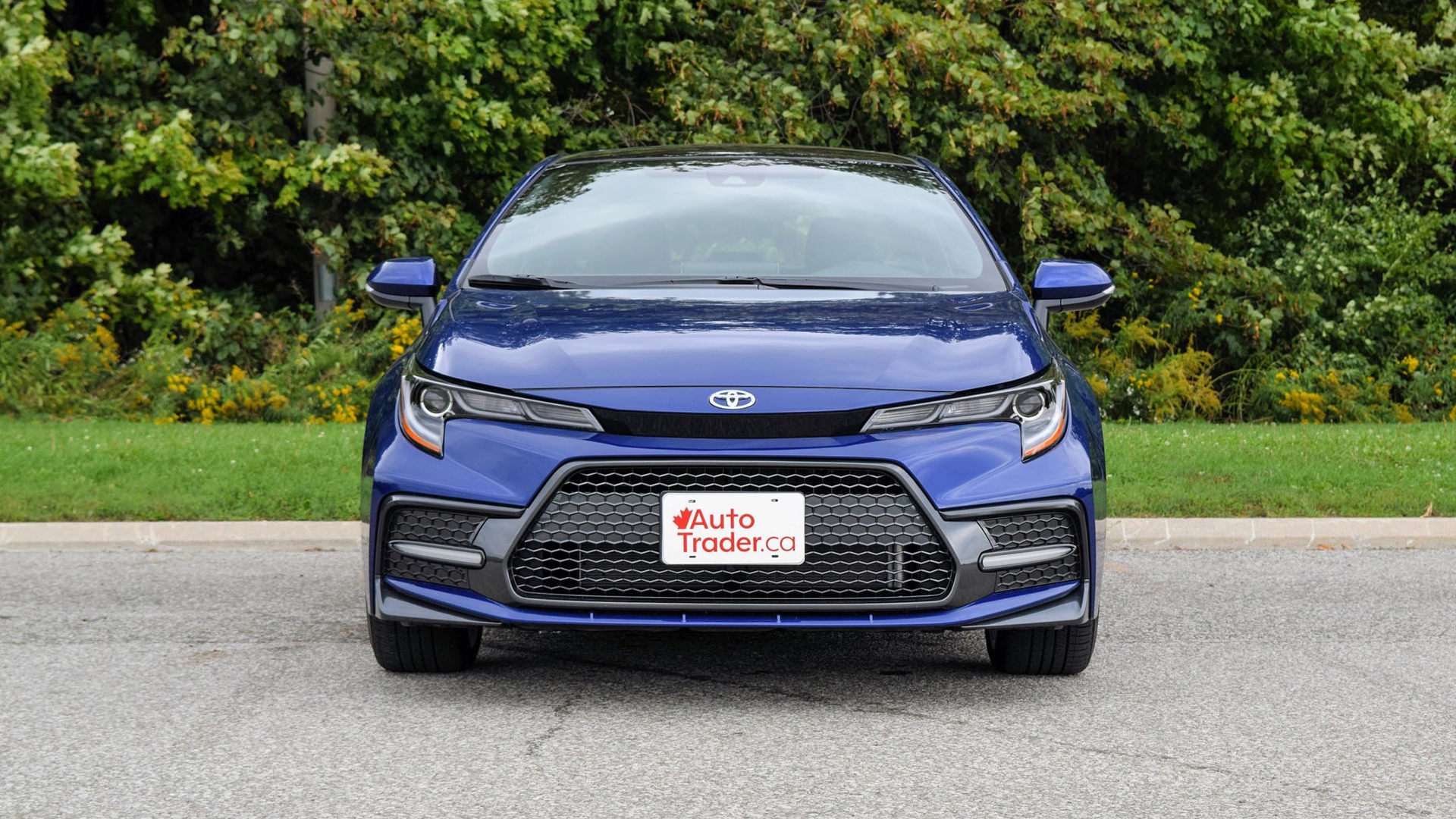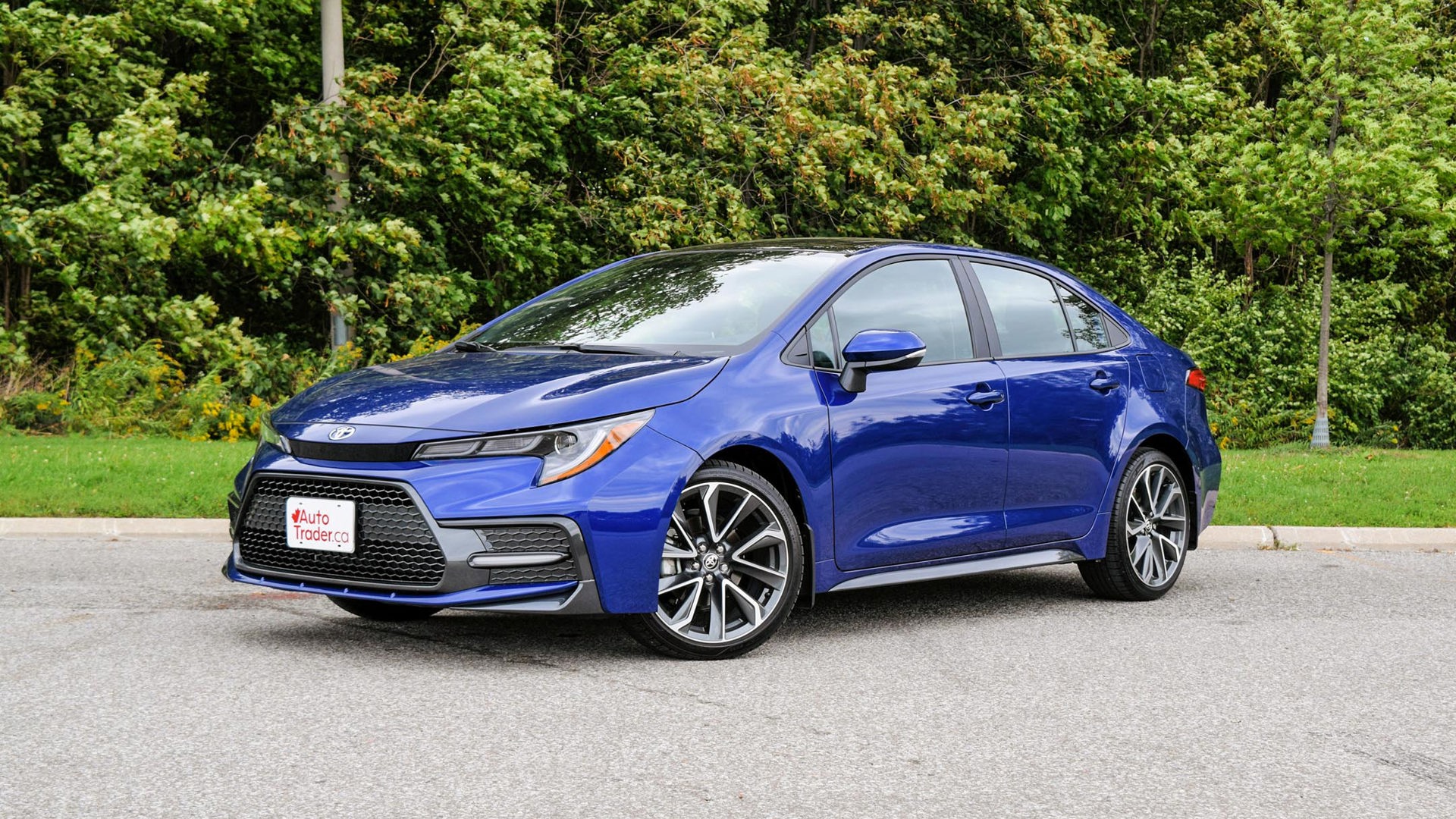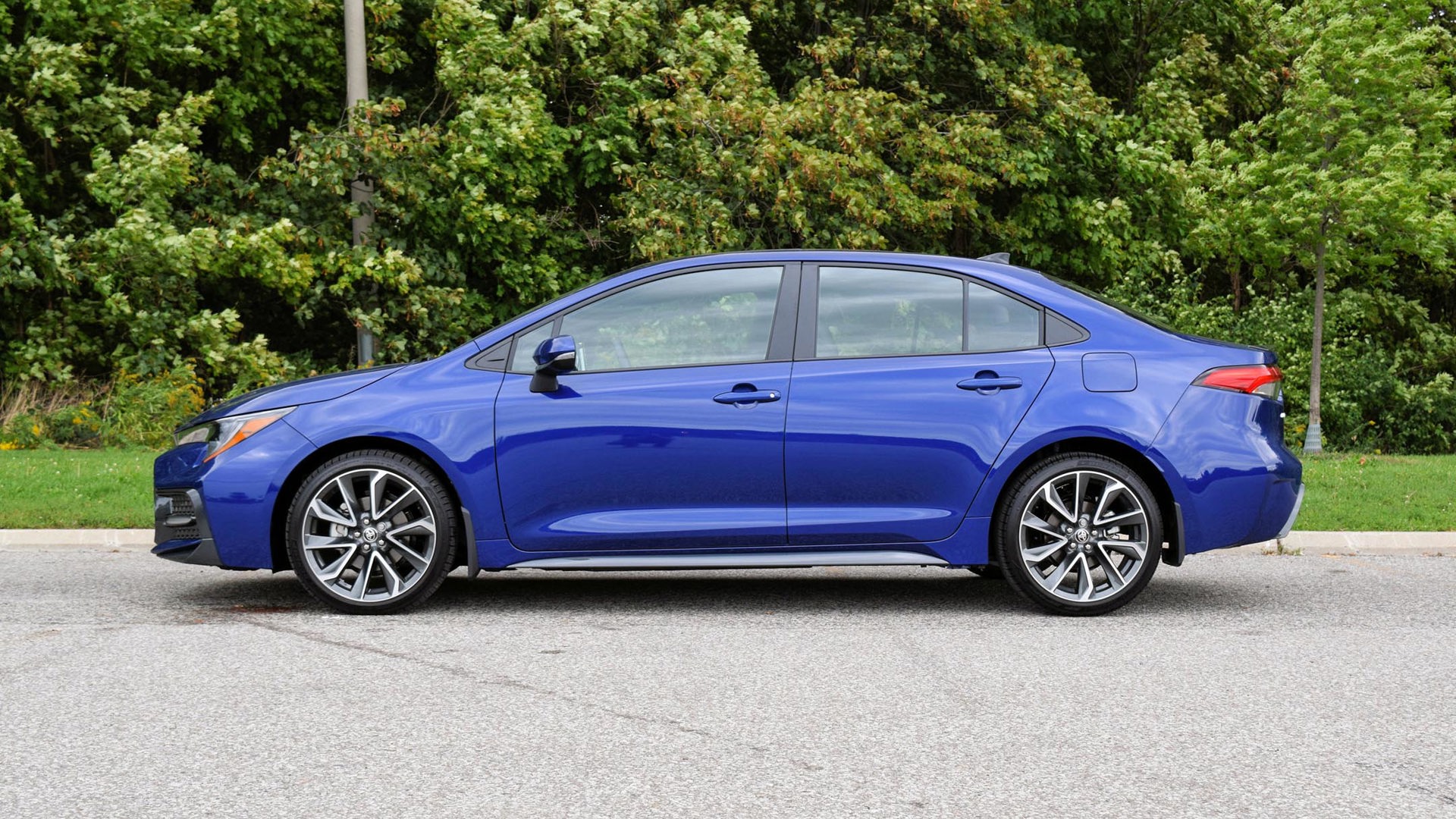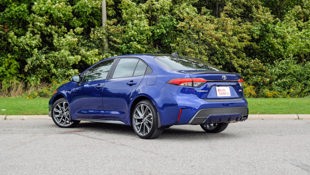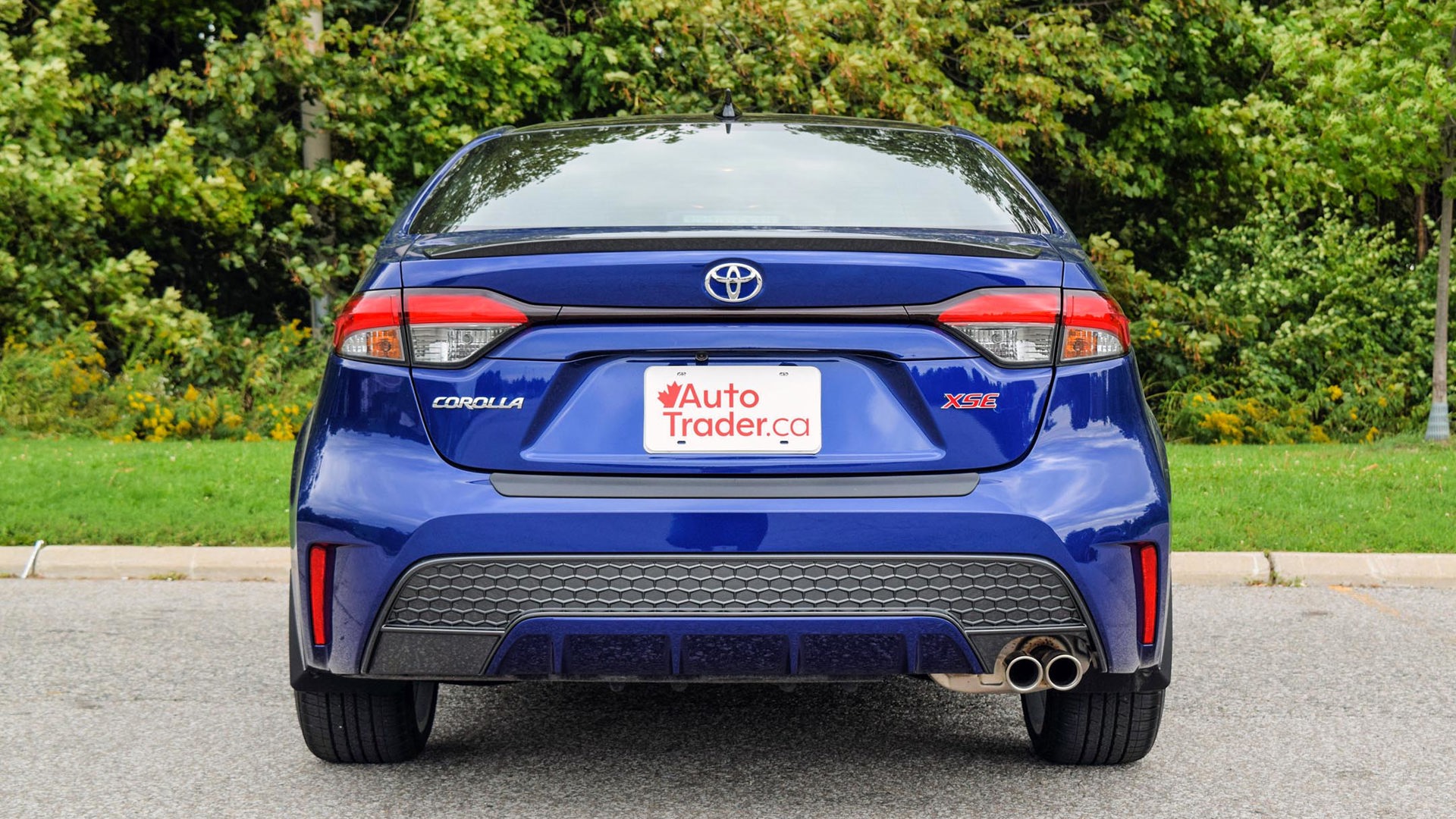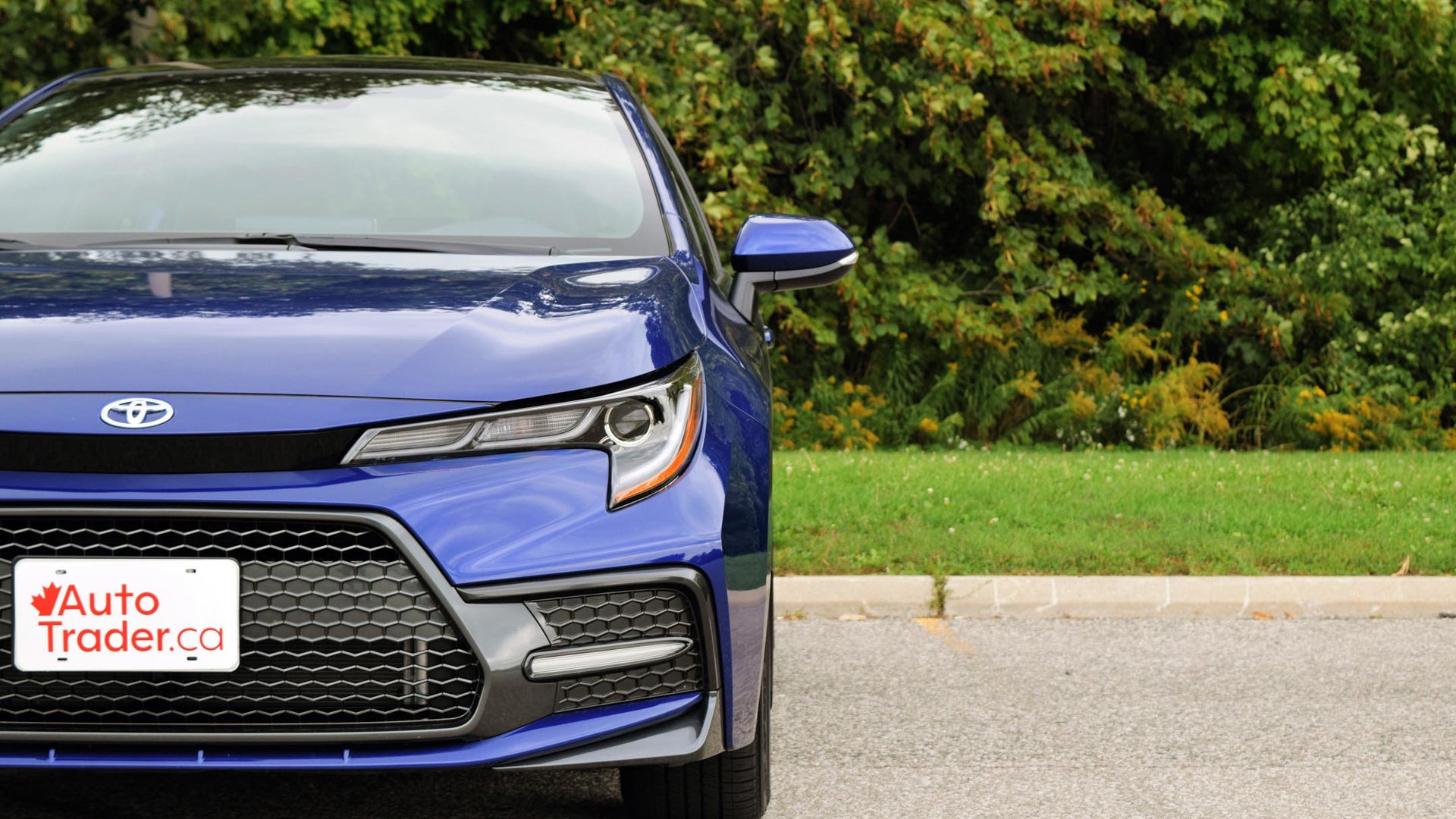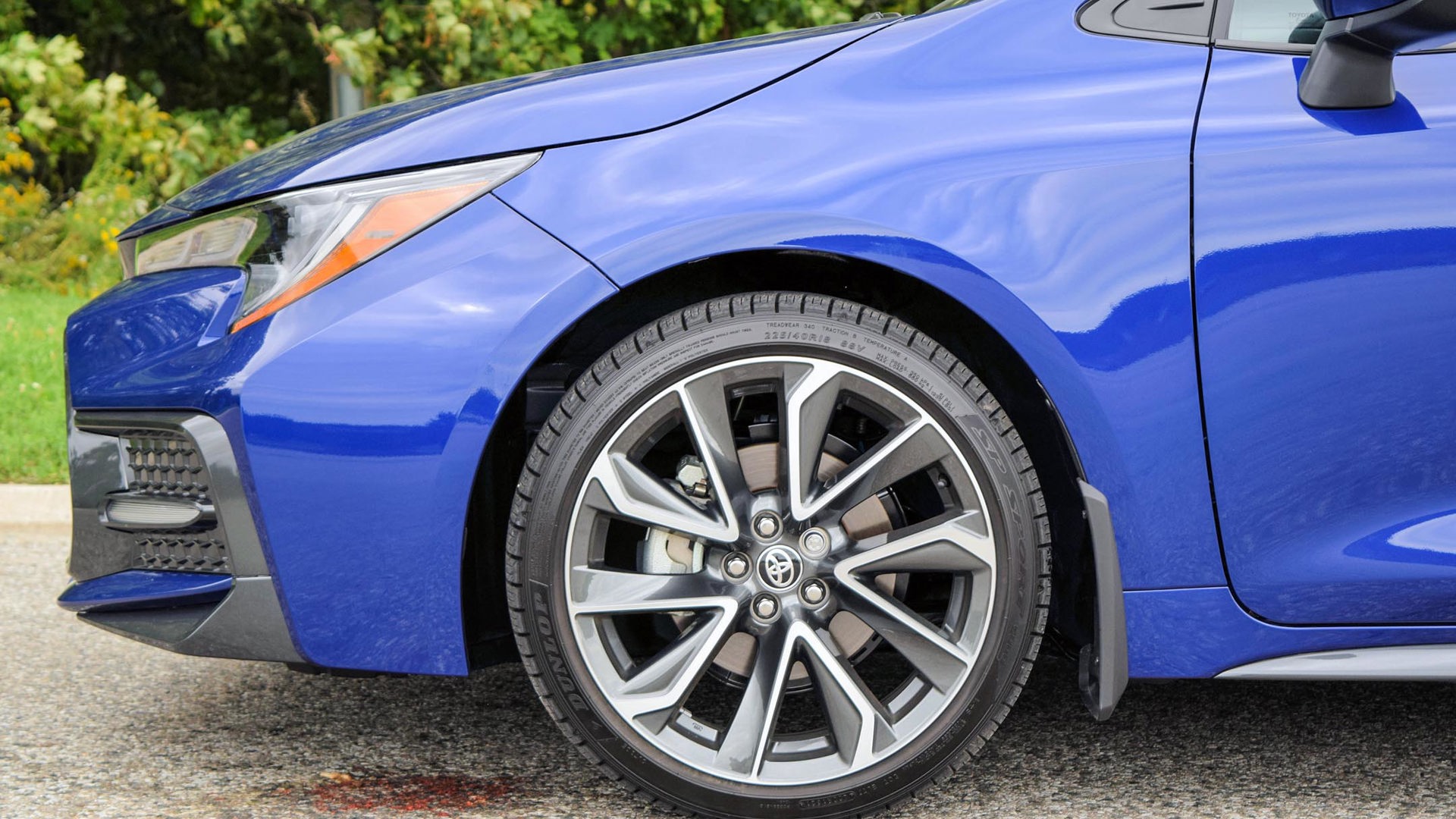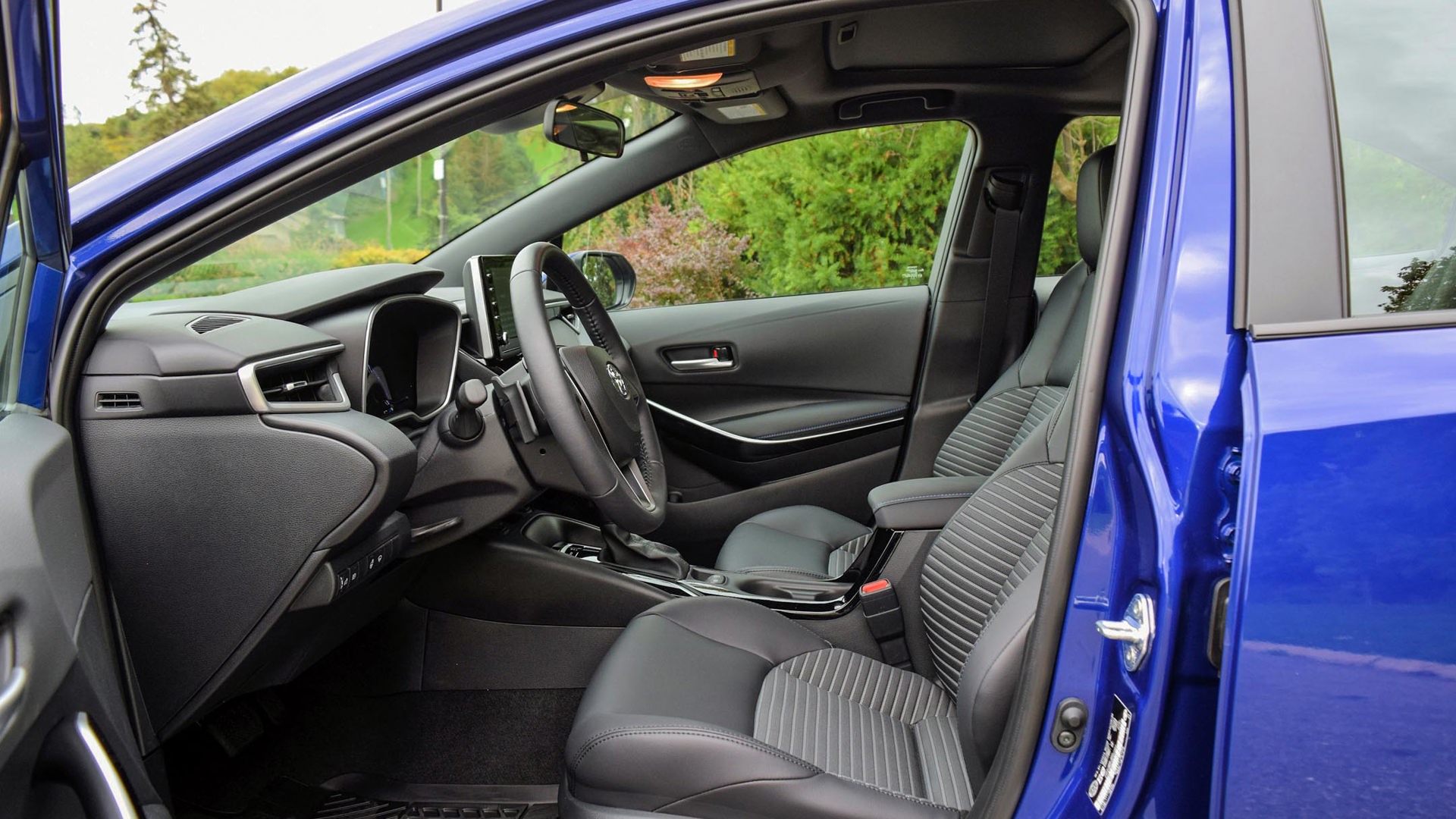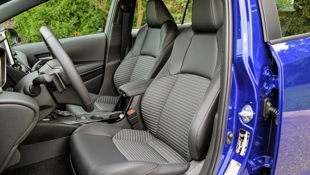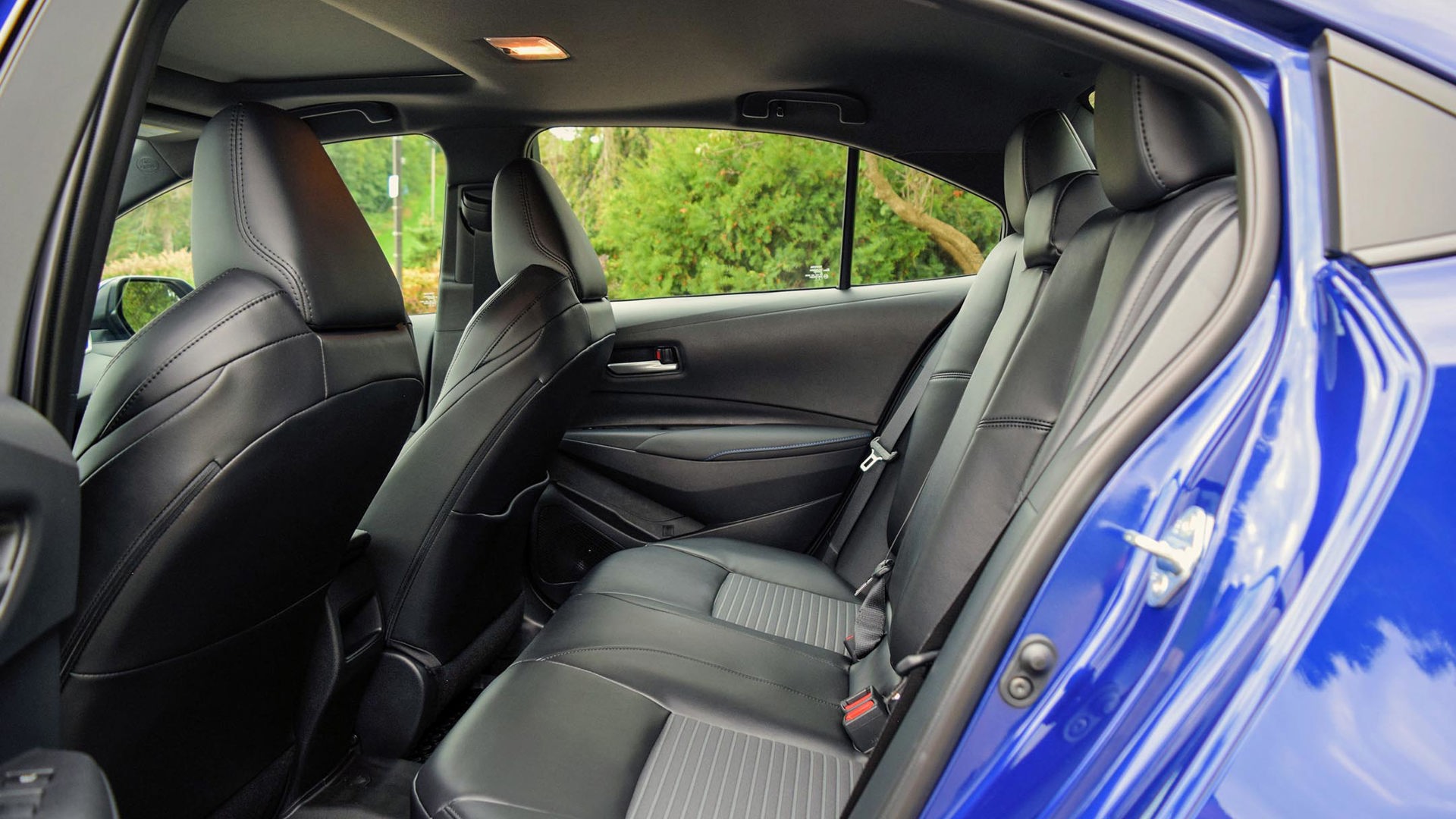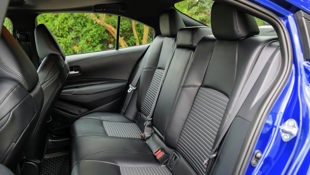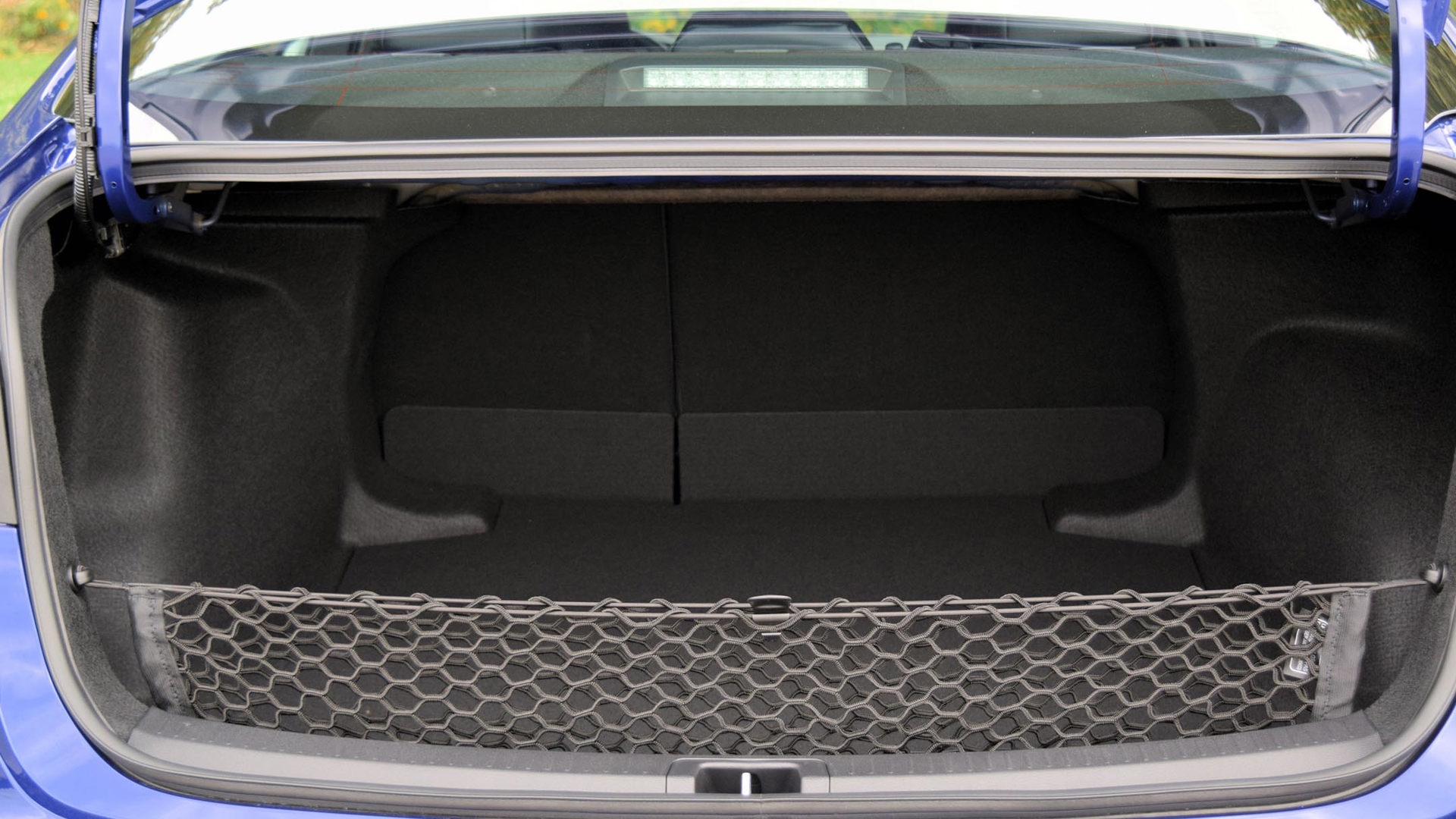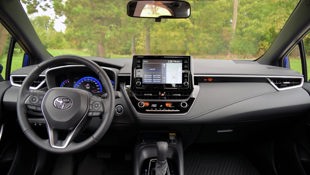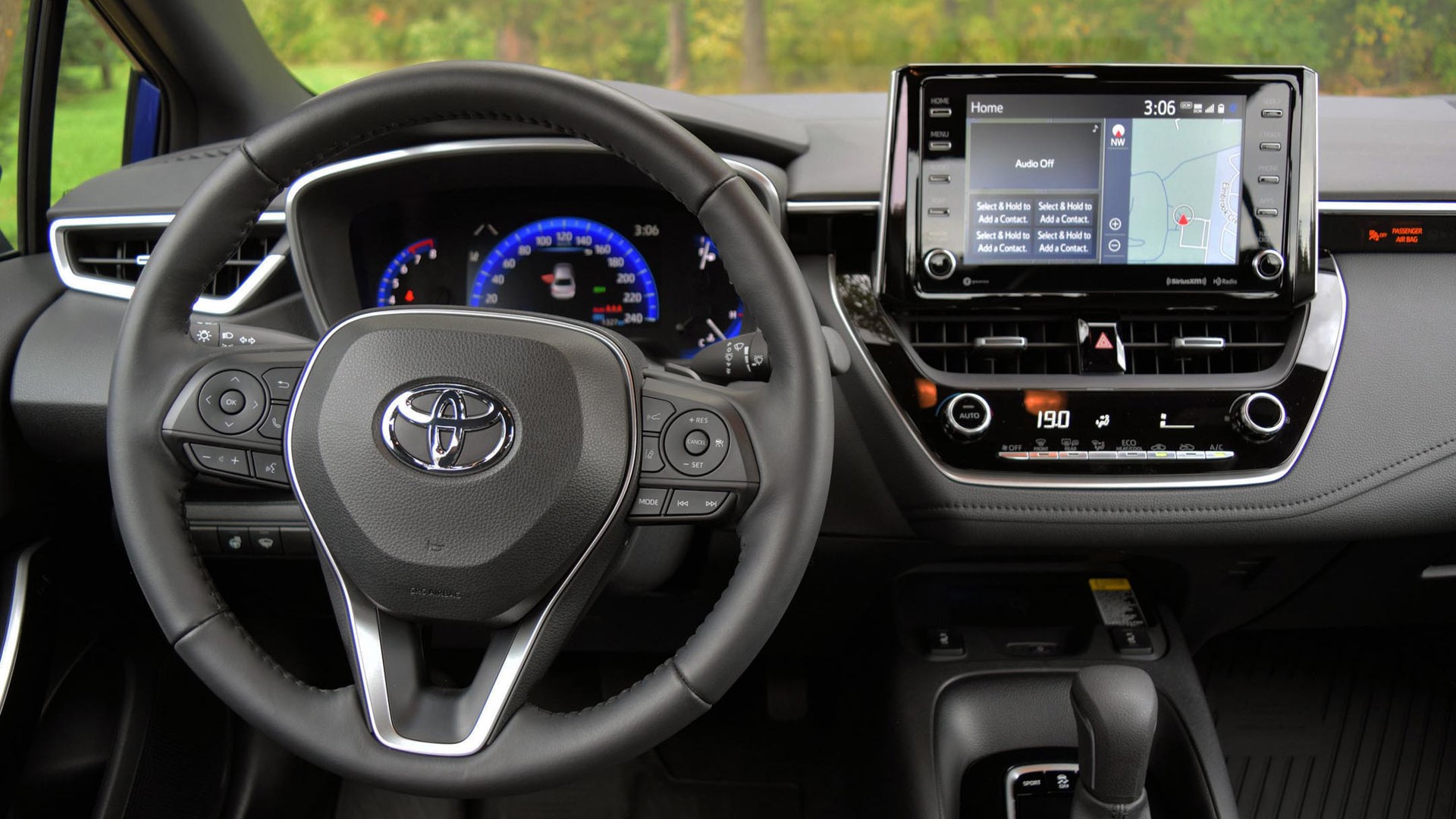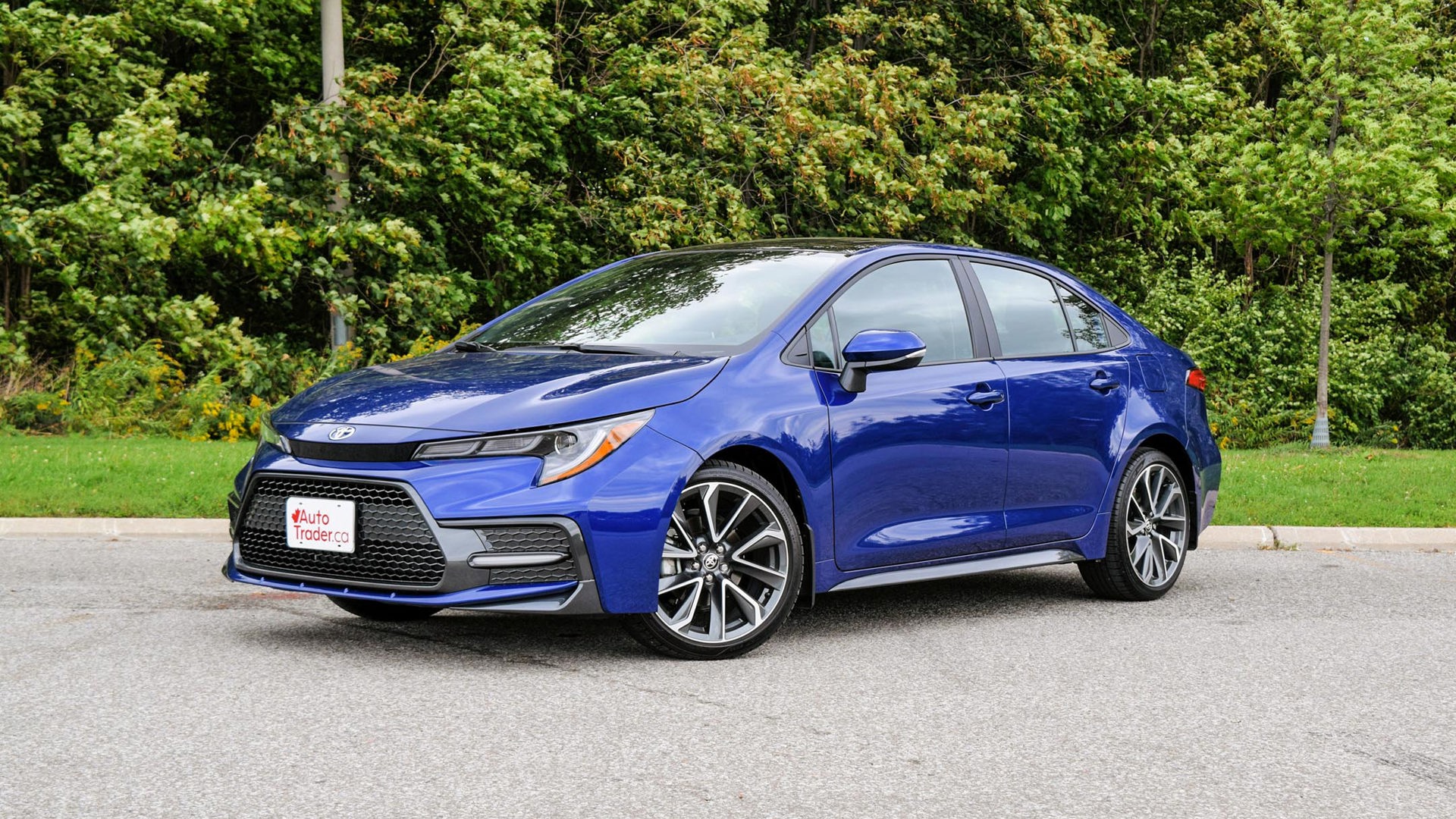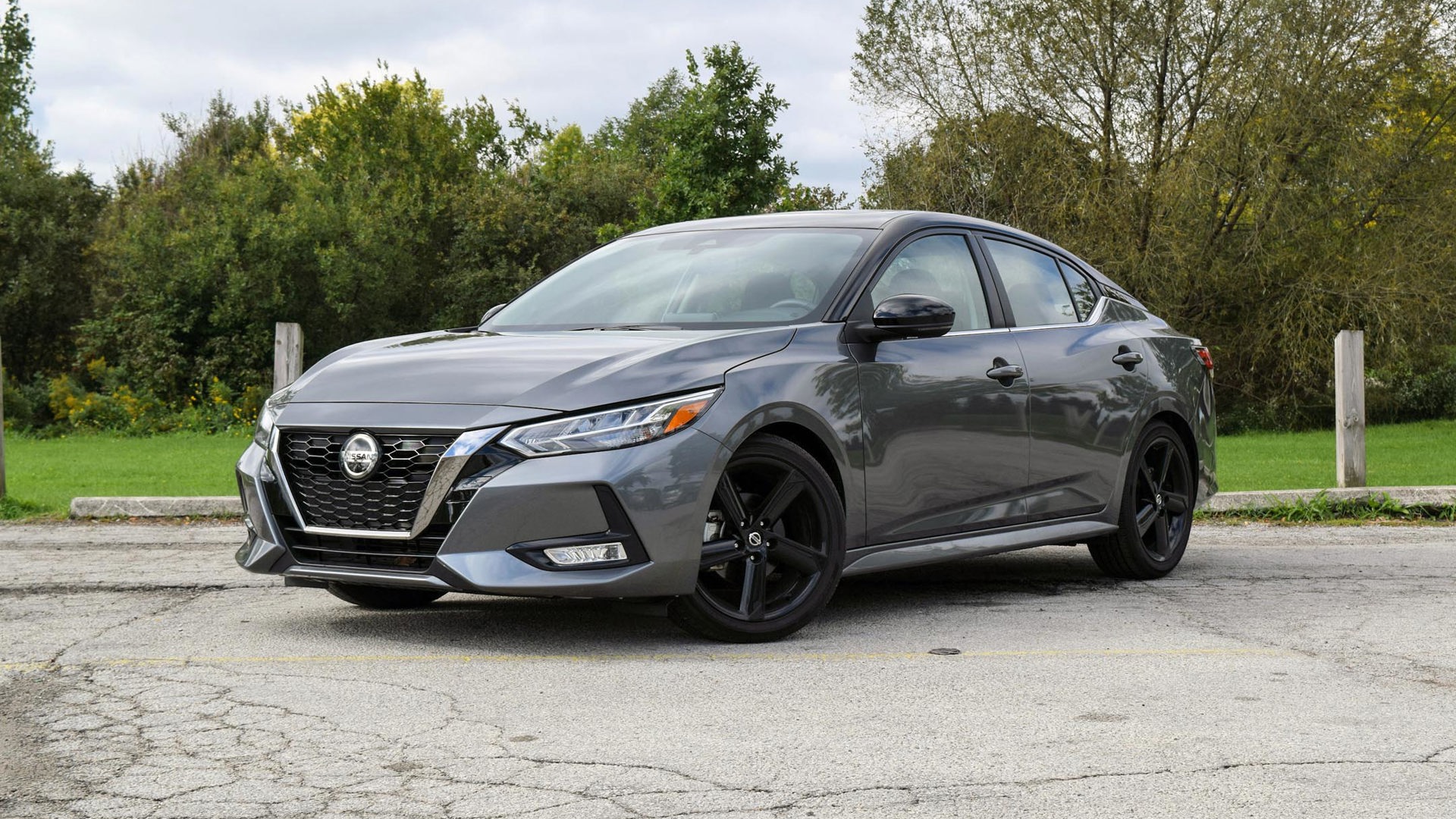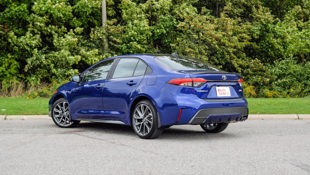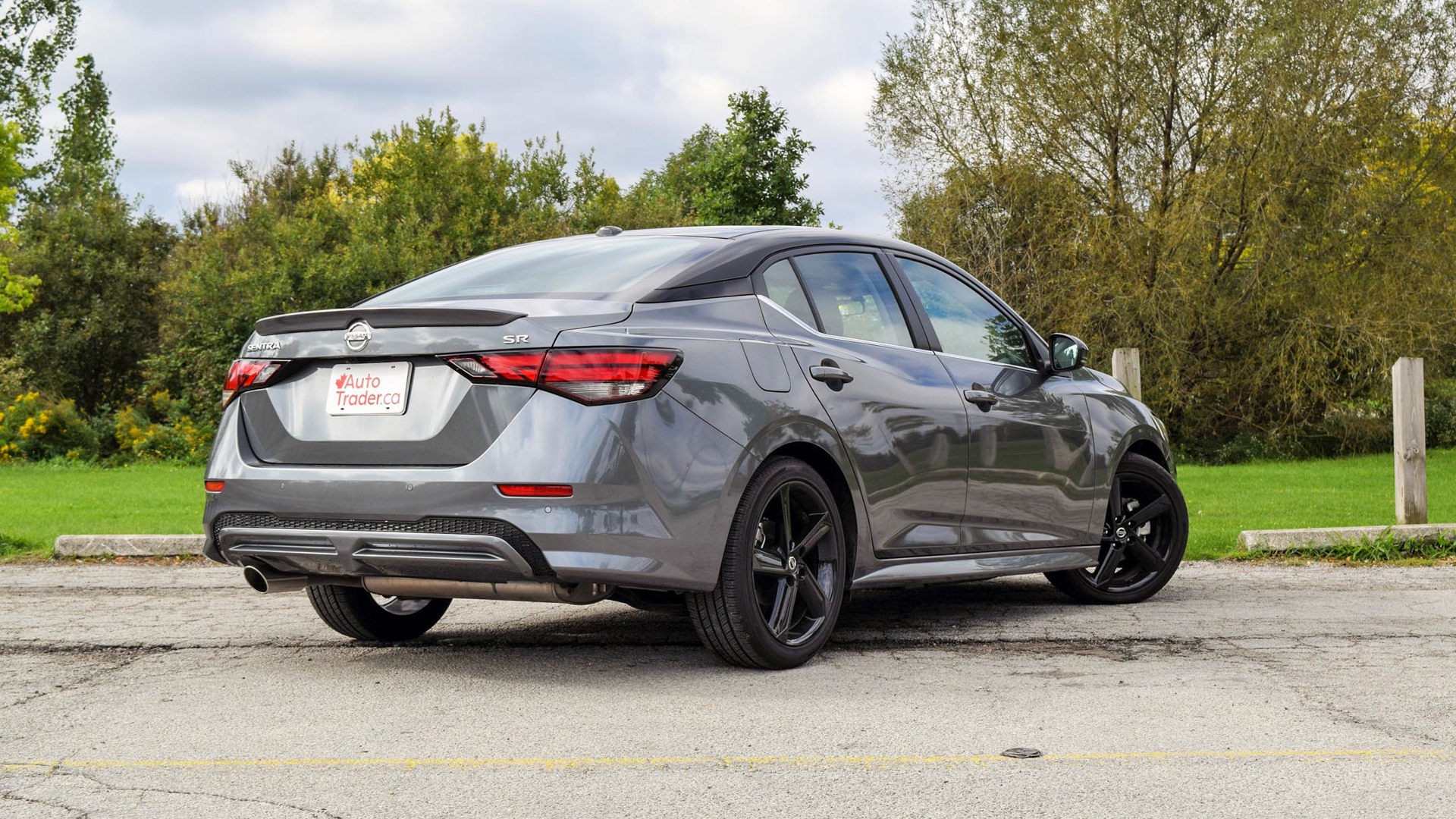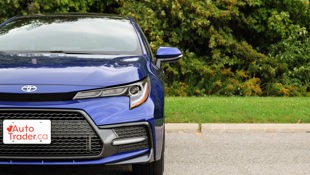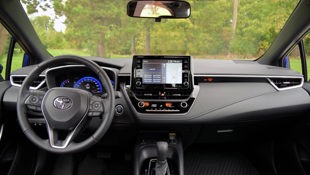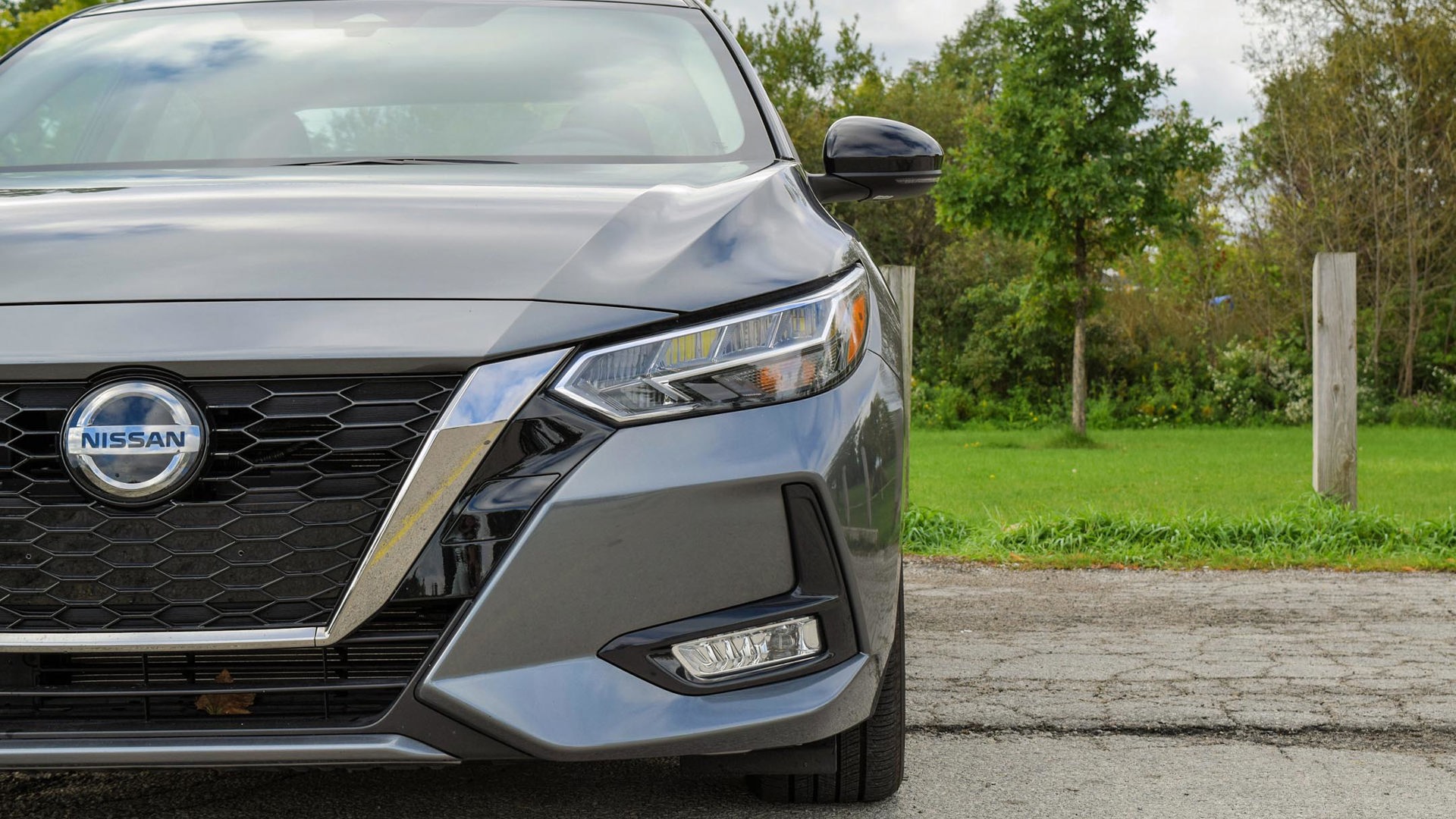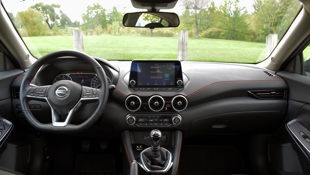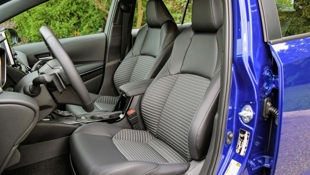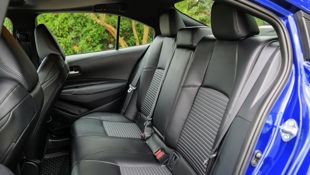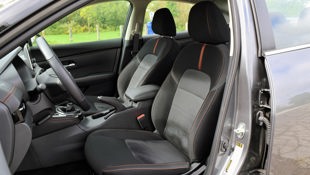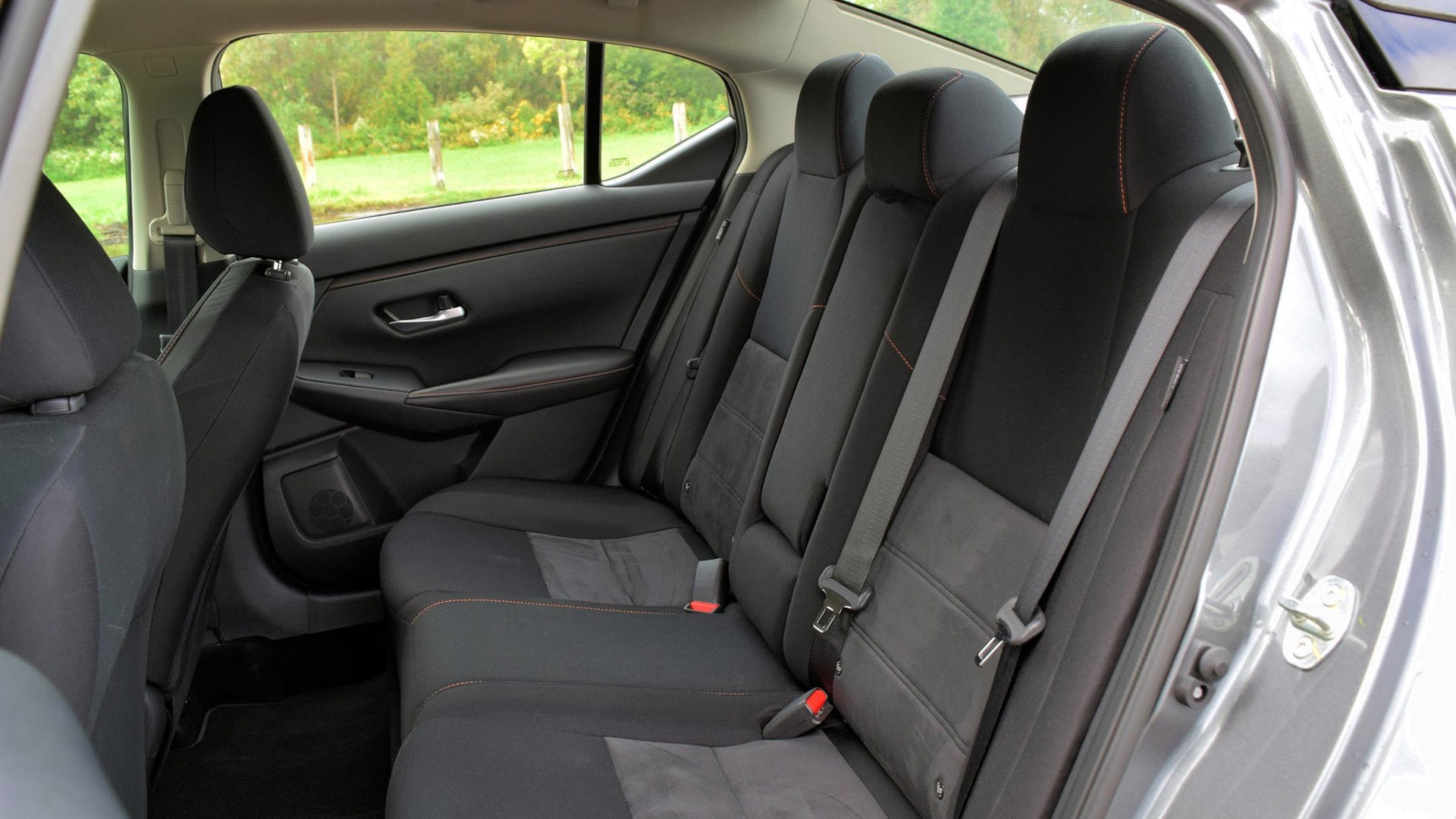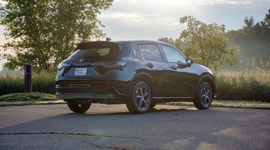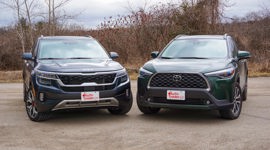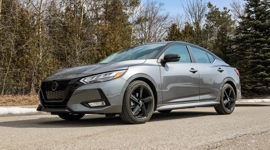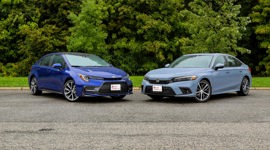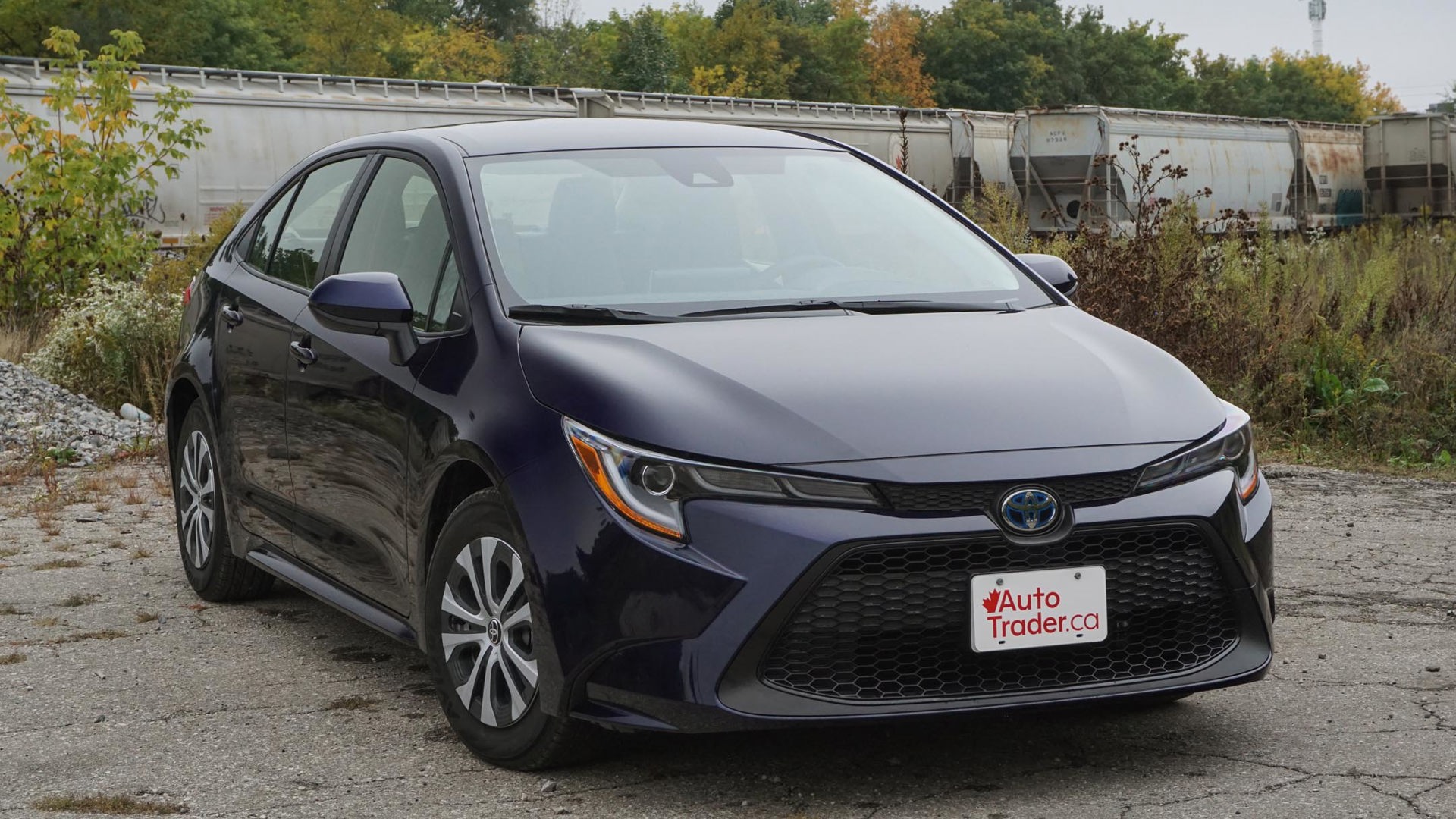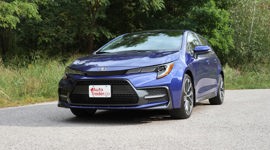Comparison Data
|
2022 Nissan Sentra SR
|
2022 Toyota Corolla XSE
|
|---|---|
|
Engine Displacement
2.0L
|
2.0L
|
|
Engine Cylinders
I4
|
I4
|
|
Peak Horsepower
149 hp
|
169 hp
|
|
Peak Torque
146 lb-ft
|
151 lb-ft
|
|
Fuel Economy
9.4 / 6.5 / 8.1 L/100 km cty/hwy/cmb
|
7.7 / 6.1 / 7.0 L/100 km cty/hwy/cmb
|
|
Cargo Space
405 L
|
371 L
|
|
Base Price
$23,798
|
$29,050
|
|
A/C Tax
$100
|
$100
|
|
Destination Fee
$1,800
|
$1,690
|
|
Price as Tested
$26,283
|
$30,840
|
|
Optional Equipment
$585 – Paint, $585
|
None
|
While it seems like a new crossover is rolling into showrooms almost every month, there can understandably be some fatigue when shopping for a small car.
The segment simply never seems to change, with the Toyota Corolla and Honda Civic remaining the de facto choices, while brands like Ford and Chevrolet have left it altogether. Through it all, the Nissan Sentra is doing its best to earn mention alongside the top names in the class.
While the redesigned Civic has been a runaway success – it recently took home the top spot as Best Overall Car in the 2022 AutoTrader.ca Awards – the 2022 Toyota Corolla makes for a worthy opponent to the Sentra in both design and execution.
Styling
The Corolla has been trying to escape its bland reputation for the better part of the last 30 years. Toyota’s latest efforts show serious improvement, and although it’s still far from cool, the sedan has sleek angles, an aggressive front end, and attractive LED highlights.
It all feels a bit superficial, though, as the cabin is far less extroverted. It’s a clean-yet-simple space that’s far more upscale than previous examples of the Corolla, and yet it’s all a bit bland. Our tester featured a mix of materials including a stitched soft surface on the dashboard and a combination of cloth and leather-like upholstery for the seats. Equally worthy of mention is the flashy blue illuminated gauge cluster, as well as the unsightly gloss-black accents that attract fingerprints and dust.
The Sentra of yore had a forgettable and generic design, but the latest generation looks sleek and mature. It follows the example set by the larger Altima in particular, looking almost like a scaled down version of that midsize sedan. The low-slung styling, complete with a contrast black roof here, is enough to make you immediately forget what past generations looked like.
The cabin design is also cohesive and refined. While the textured plastic accents aren’t especially impressive, the rest of the interior manages to outshine the somewhat simplistic Corolla in a few ways. Control placement is ergonomic, but the overall feel from the driver’s seat is akin to a cockpit – something that isn’t too common in the compact car space.
Toyota Corolla: 7/10; Nissan Sentra: 8/10
User Friendliness
The Sentra feels more intuitive than the Corolla thanks to the smart placement of its controls, and nothing seems out of reach from the driver’s seat. The eight-inch infotainment touchscreen has a few handy physical buttons beneath it to provide quick access to critical functions without having to cycle through menus first.
The simple cabin of the Corolla provides a nonsense-free experience. Some controls are large and well labelled while others are tiny, and the touchscreen display looks and feels a bit outdated. Like the Sentra, it supports Android Auto and Apple CarPlay, adding extra polish to the experience. Unfortunately, the lone USB port up front is located almost haphazardly on the underside of the dashboard.
Toyota Corolla: 6/10; Nissan Sentra: 7.5
Safety
For 2022, the Corolla includes Toyota’s latest suite of advanced safety features standard. It includes lane-keeping assistance, automatic high-beam headlights, forward collision warning with pedestrian and bicycle detection, and automatic emergency braking, as well as adaptive cruise control. Higher trims also offer blind-spot monitoring with rear cross-traffic alert.
Toyota goes beyond tech in the name of safety, and the Corolla aced a number of the Insurance Institute for Highway Safety (IIHS) crash tests, helping it earn a Top Safety Pick award. That’s the second-best possible rating from the not-for-profit, with only the Corolla’s headlights holding it back.
The Sentra features the same rating from the IIHS and a similar level of safety technology. It comes standard with lane departure warning, blind-spot monitoring with rear cross-traffic alert, and low-speed reverse automatic emergency braking, as well as forward collision warning with automatic emergency braking. Opting for more expensive models adds adaptive cruise control, lane-keeping assistance, and surround-view monitoring, the latter of which isn’t available in the Corolla.
Toyota Corolla: 8/10; Nissan Sentra: 8/10
Features
Both vehicles offer plenty of equipment, depending upon price. For instance, heated front seats are standard in the Sentra but not the Corolla – although the latter can be had with heated rear seats. Likewise, the Sentra can’t be had with a wireless phone charger or a built-in navigation system while the Corolla can, although other items like a heated steering wheel and power sunroof are offered.
Toyota Corolla: 8/10; Nissan Sentra: 7/10
Practicality
The Sentra edges the Corolla in terms of cargo capacity, featuring 405 L of space compared to 371 L. Elsewhere, the Sentra falls a bit short in headroom both front and rear. Rear legroom is generous in both cars, however.
Toyota Corolla: 7.5/10; Nissan Sentra: 8/10
Comfort
If you’re looking for a plush ride with cushy suspension and soft seats, the Corolla will satisfy. You won’t mistake it for feeling like a luxury car, but the Toyota manages to keep its composure on the road, so long as you’re keeping a reasonable pace. The Sentra feels stiffer, with a harsher ride that skews to sporty. The seats are more supportive, but the cabin feels tight in the Nissan, almost triggering claustrophobia.
Toyota Corolla: 7.5/10; Nissan Sentra: 7/10
Driving Feel
The counterbalance for the Nissan Sentra’s comfort levels is that it’s ever so slightly more responsive and enjoyable to drive. While Toyota has made great strides in reversing its boring to drive reputation, it still struggles to feel as responsive and enjoyable as the Nissan.
The steering in the Sentra is quick and sharp, although it’s a bit limp in terms of feedback. The Nissan just feels better to drive in every way, while the Corolla is less engaging and more generic feeling overall.
Toyota Corolla: 7/10; Nissan Sentra: 7.5/10
Power
Perhaps leading to the humdrum driving feel, the Corolla features an assortment of totally adequate powertrains. A 139-hp 1.8L four-cylinder engine is under the hood of L, LE, and XLE models, while S, SE, and XSE models feature a 169-hp 2.0L. The car sends power to the front wheels via a six-speed manual transmission, or an automatic continuously variable transmission (CVT). We tested the XSE, which felt merely sufficient to the rigours of standard commuting duty, but little more. Passing or getting beyond highway speeds takes patience, pacing, and a bit of courage.
The Nissan Sentra is less variable in terms of powertrain, but it fits right between the Toyota motors in terms of output. It features a 2.0L four-cylinder with 149 hp and 146 lb-ft of torque. Like the Toyota, it’s offered with a six-speed manual or a CVT. Our SR trimmed model featured the stick-shift, which dramatically improves the feeling of engagement, and puts the driver in command of when and how to change gears. Commanding those gears means the Sentra is more confident when passing and getting up to speed quickly. While the Sentra is less powerful, its motor is more energetic and eager to rev up. Automatic drivers take note: the CVT will likely reduce that feeling, bringing it closer to the Corolla in terms of on-road attitude.
Toyota Corolla: 7/10; Nissan Sentra: 7.5/10
Fuel Economy
There are slight differences between these two in terms of fuel efficiency. The CVT-only Corolla XSE returns 7.7 L/100 km in the city, 6.1 on the highway, and 7.0 combined. Manual-equipped models are a bit thirstier.
Manual-equipped Sentras like our SR tester return fuel consumption in the ranges of 9.4 L/100 km in city driving, 6.5 on the highway, and 8.1 combined. CVT-equipped models are closer to the Corolla we tested, returning 8.0 L/100 km in the city, 6.0 on the highway, and 7.1 combined.
Toyota Corolla: 7.5/10; Nissan Sentra: 7.5/10
Value
The Corolla is a known commodity, and a competitor like the Sentra needs to offer something compelling at an attractive price. It starts at $21,298 before tax but with its non-negotiable $1,800 freight charge for the base S model with the six-speed manual, while opting for the CVT adds $1,700 more for a total of $22,998 total. The SV has a pre-tax price of $24,398, and can only be had with the CVT, while the SR starts at $25,598 for a manual model, while the CVT-equipped version is an extra $1,100. A fully loaded SR Premium will set you back $28,798.
Overall, the Corolla is slightly more expensive but there are far more trims to choose from. The manual-equipped base Corolla L model starts at $21,149 including a $1,690 freight charge. Opting for the CVT in the L is an extra $2,100, but the better deal is the CVT-only Corolla LE, which starts at $23,880. The lavishly equipped XLE model will set you back $29,240. Moving on to the more powerful SE model, it starts at $24,380, while an SE Upgrade model is $27,360. That leaves the fully loaded XSE model at $30,740. Toyota has done a lot to keep this desirable compact affordable, but if you’re after the best price, the Sentra should fit almost any budget.
Toyota Corolla: 7.5/10; Nissan Sentra: 8/10
The Verdict
For years, the reputation of the Toyota Corolla overshadowed almost any other compact out there. But a significant update to the Nissan Sentra brings it closer than ever before, with a stylish exterior design, smart interior packaging, engaging driving dynamics, and a good price. Those looking for something more competitive will find the Sentra offers a bit more in almost every respect.
